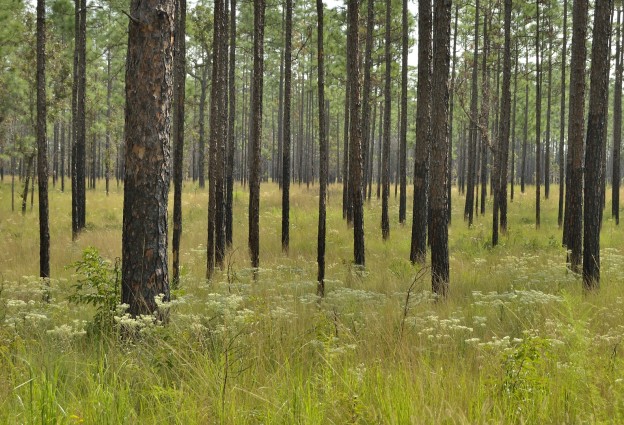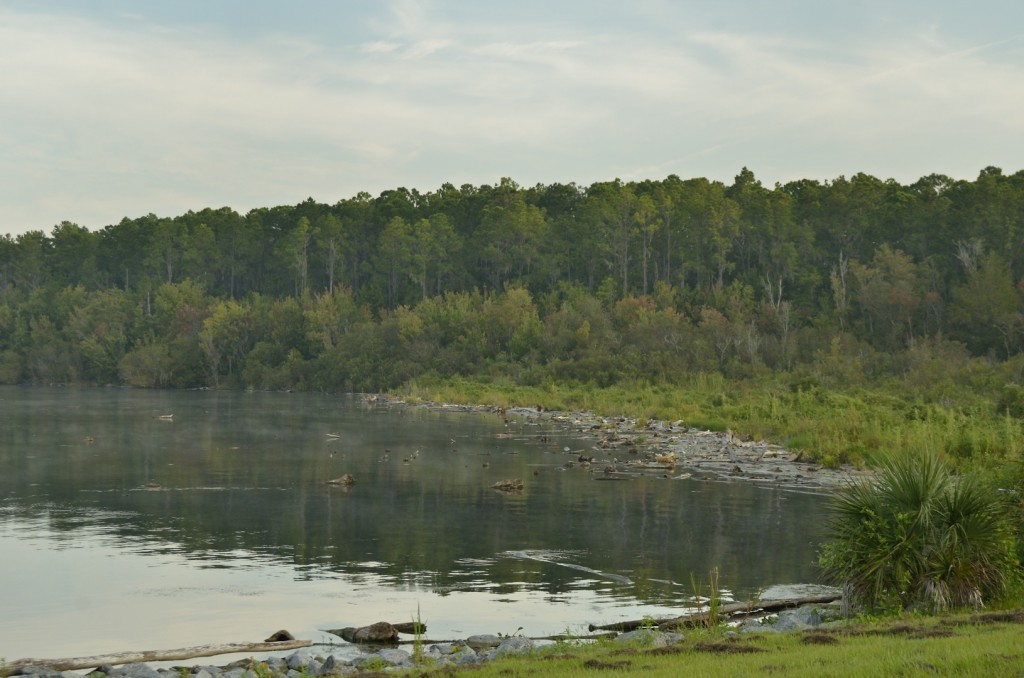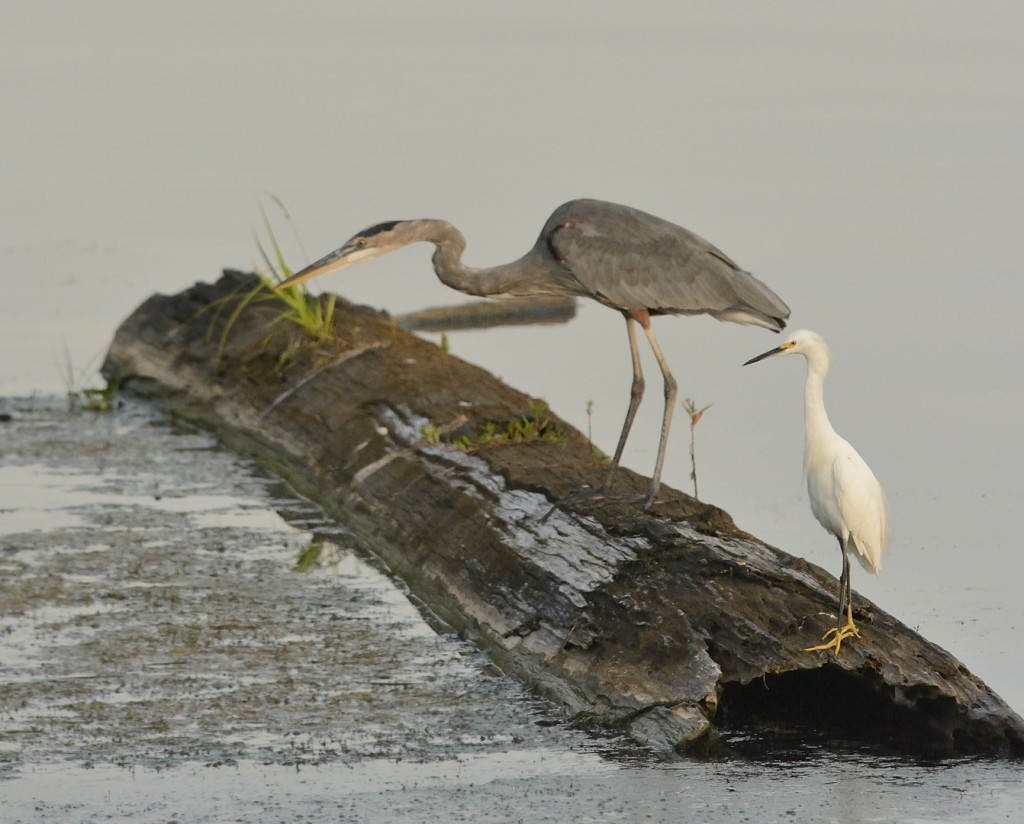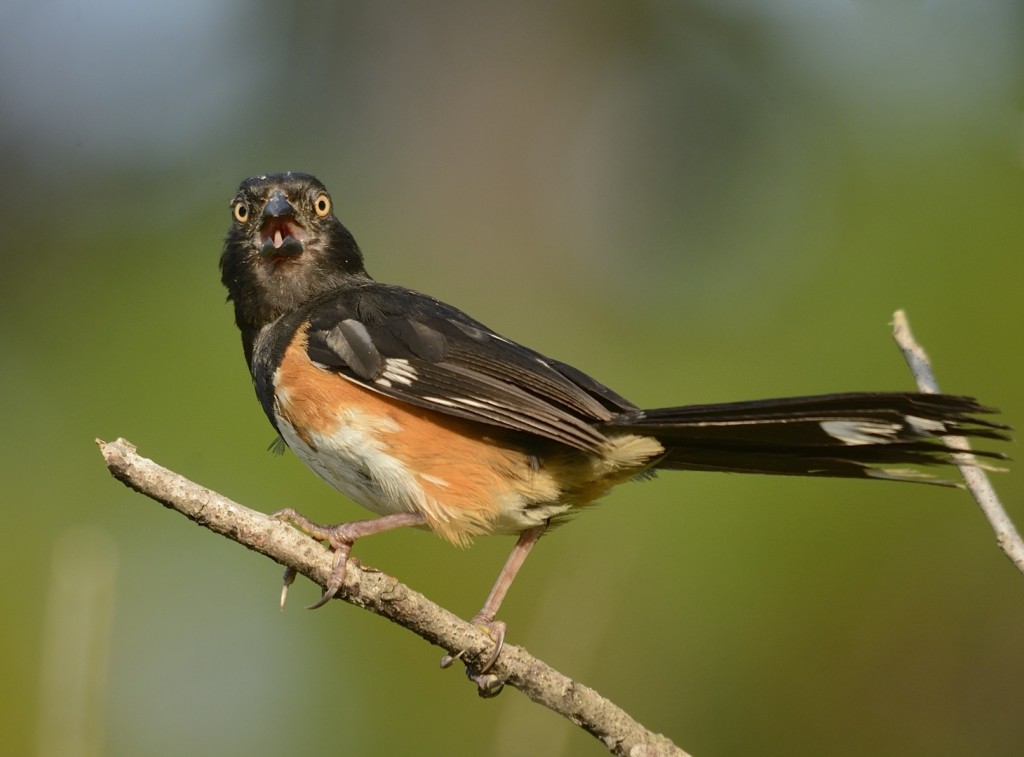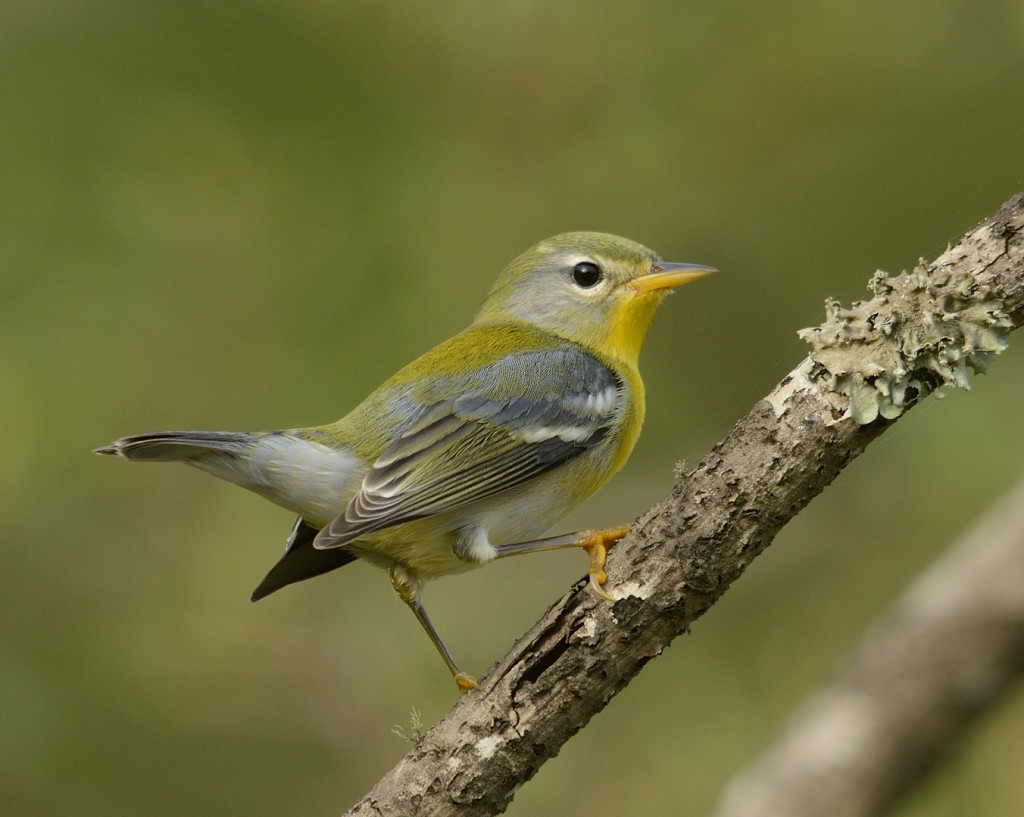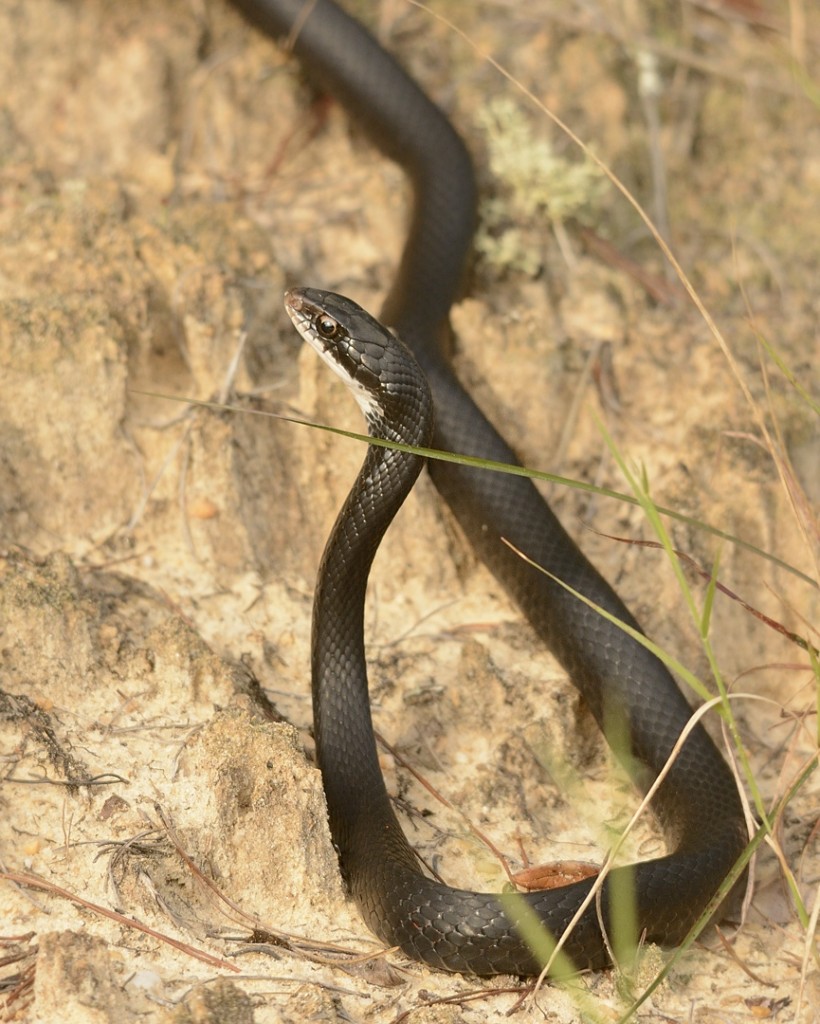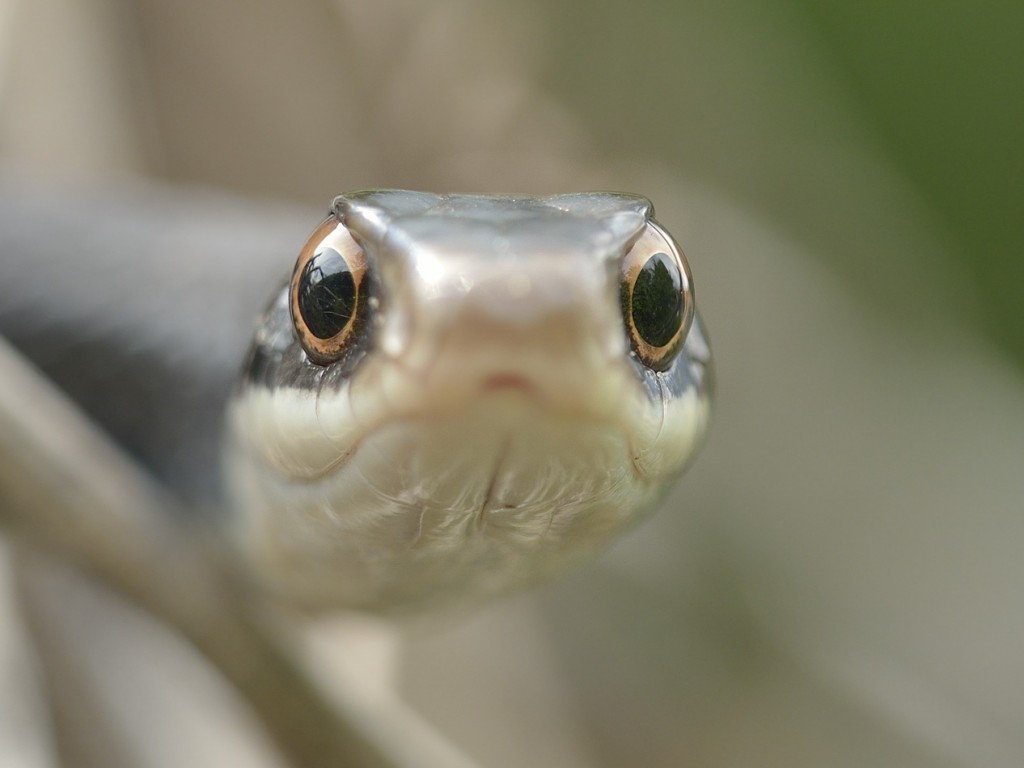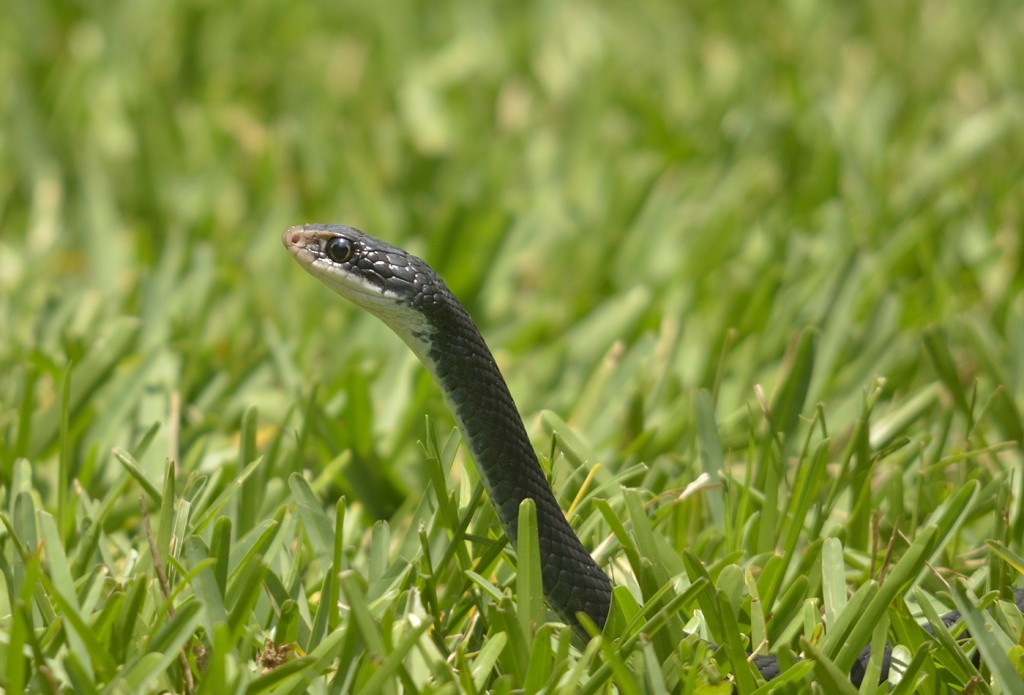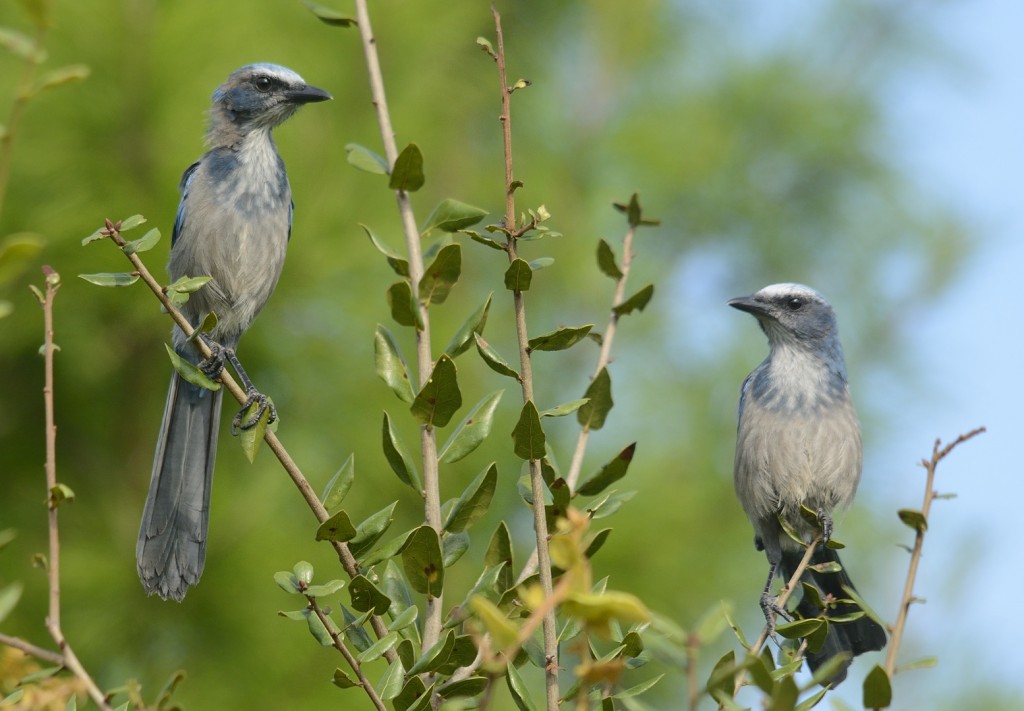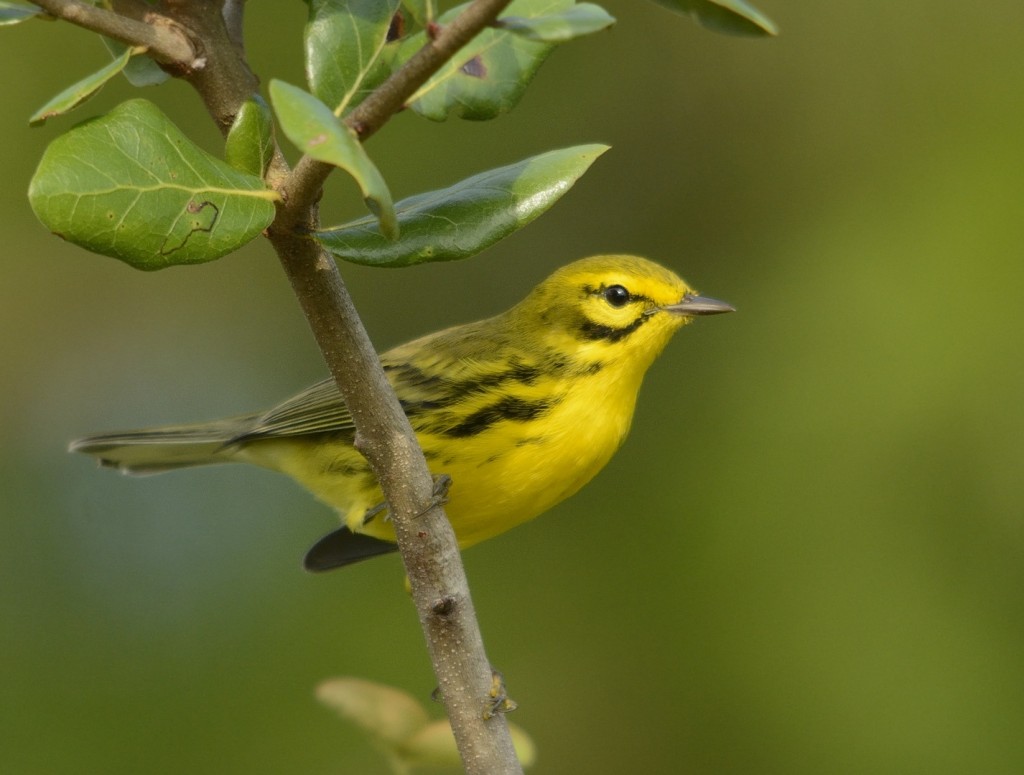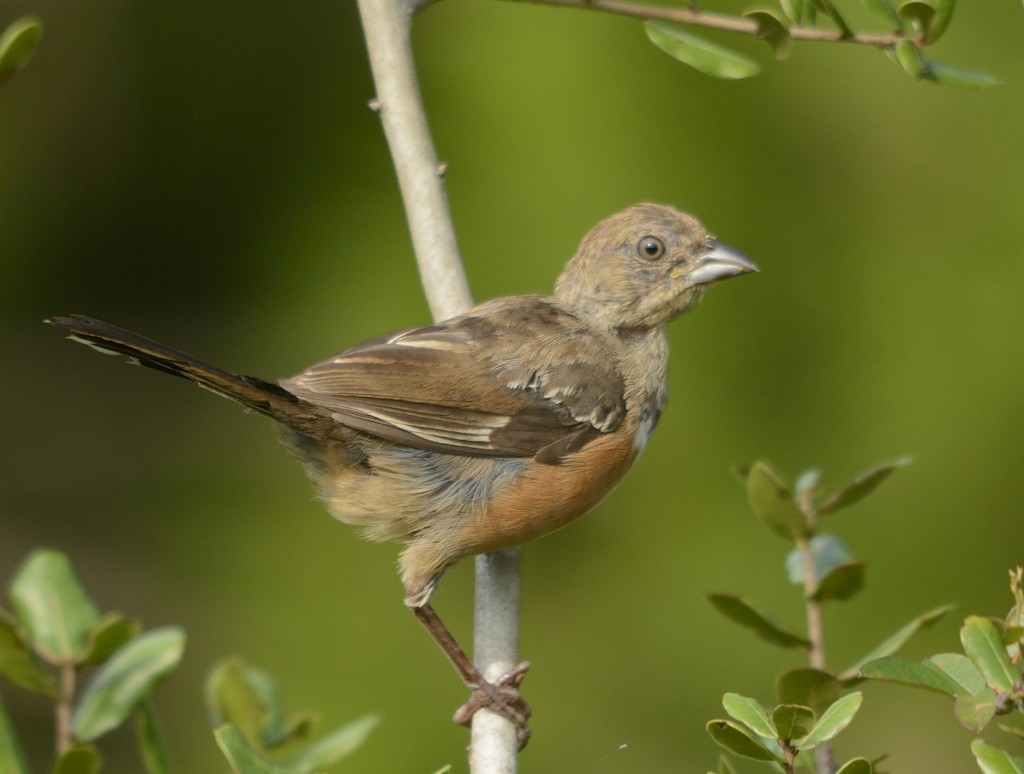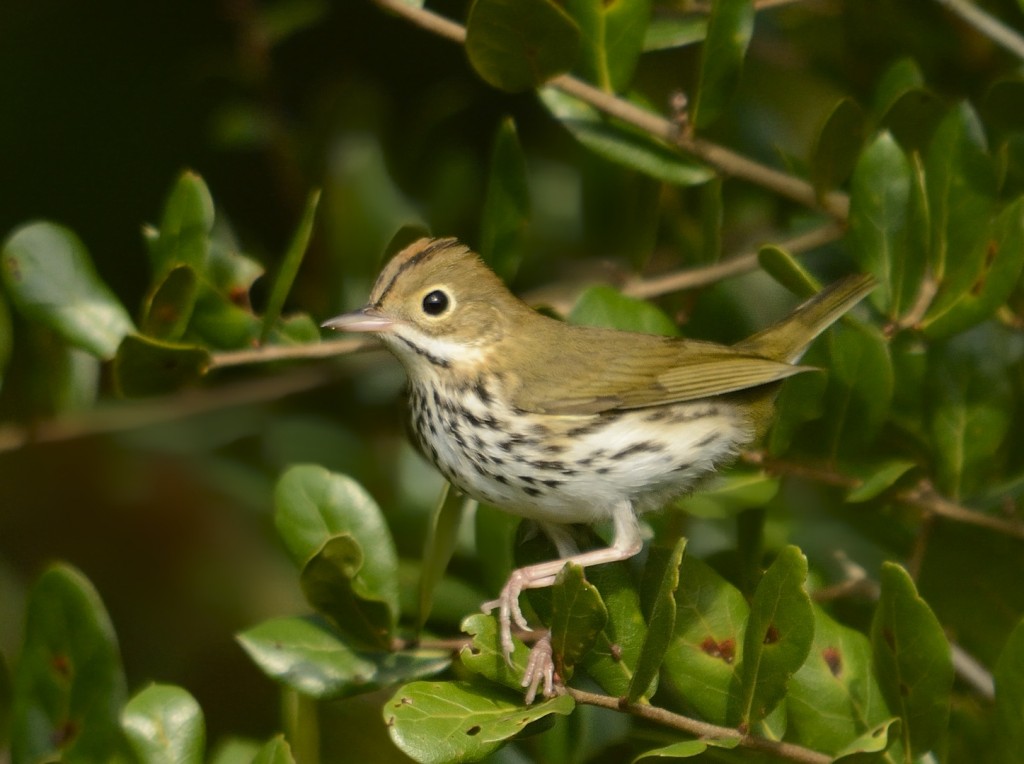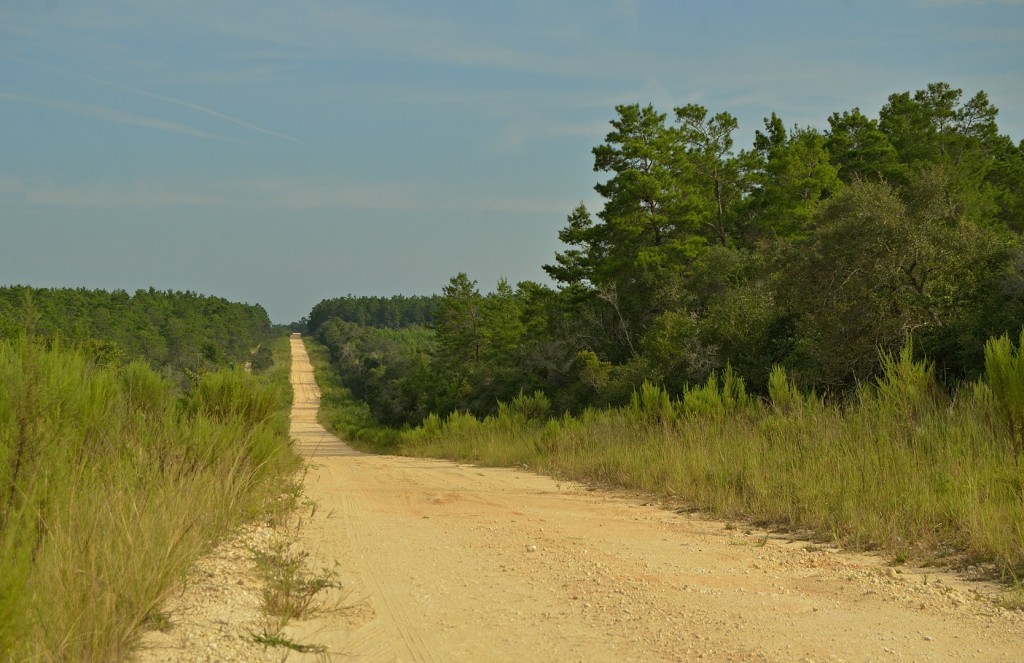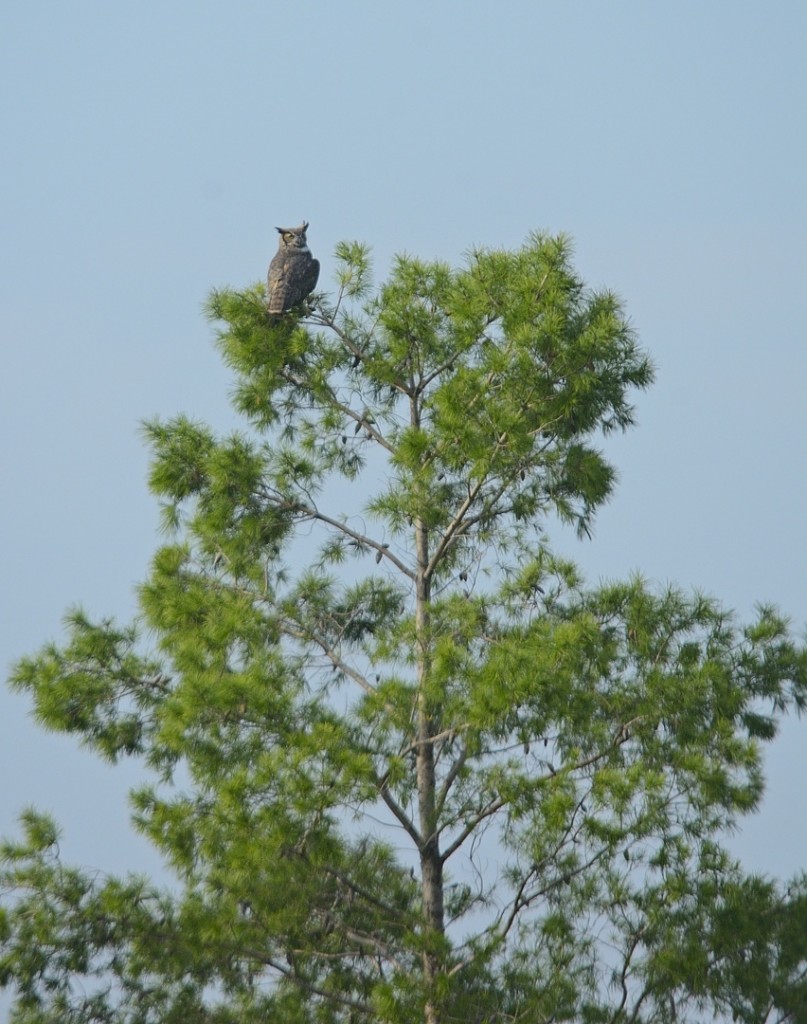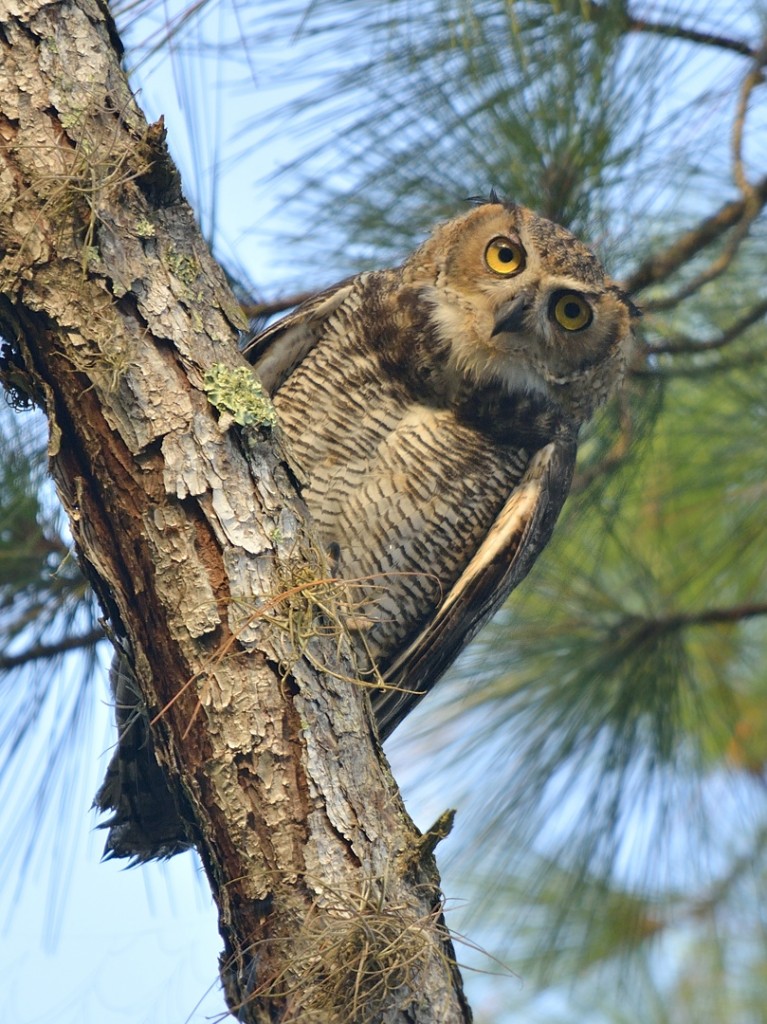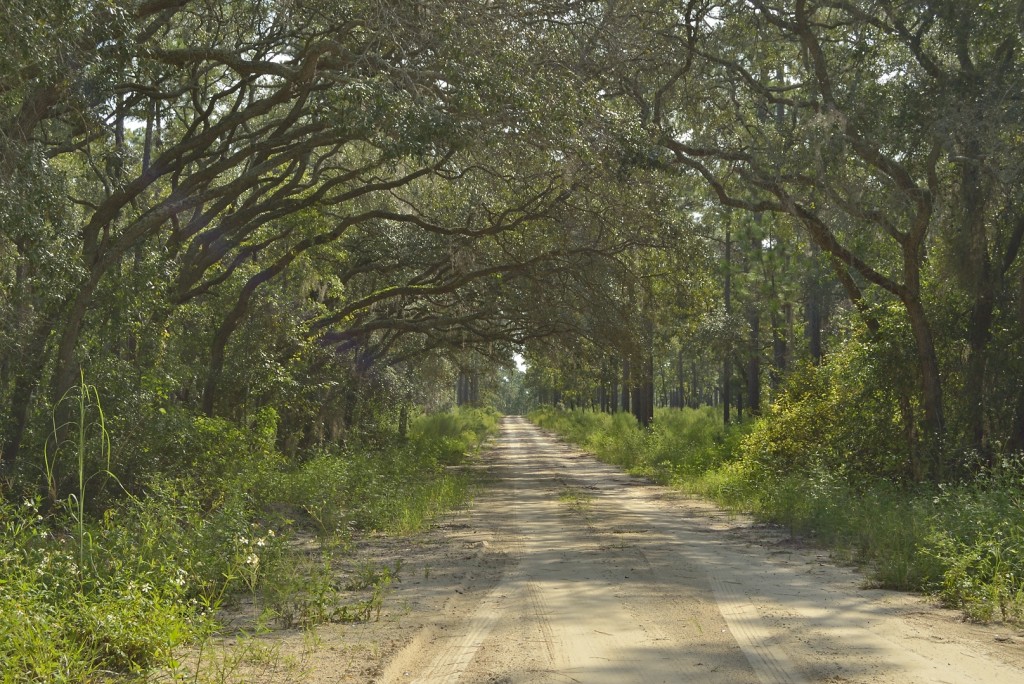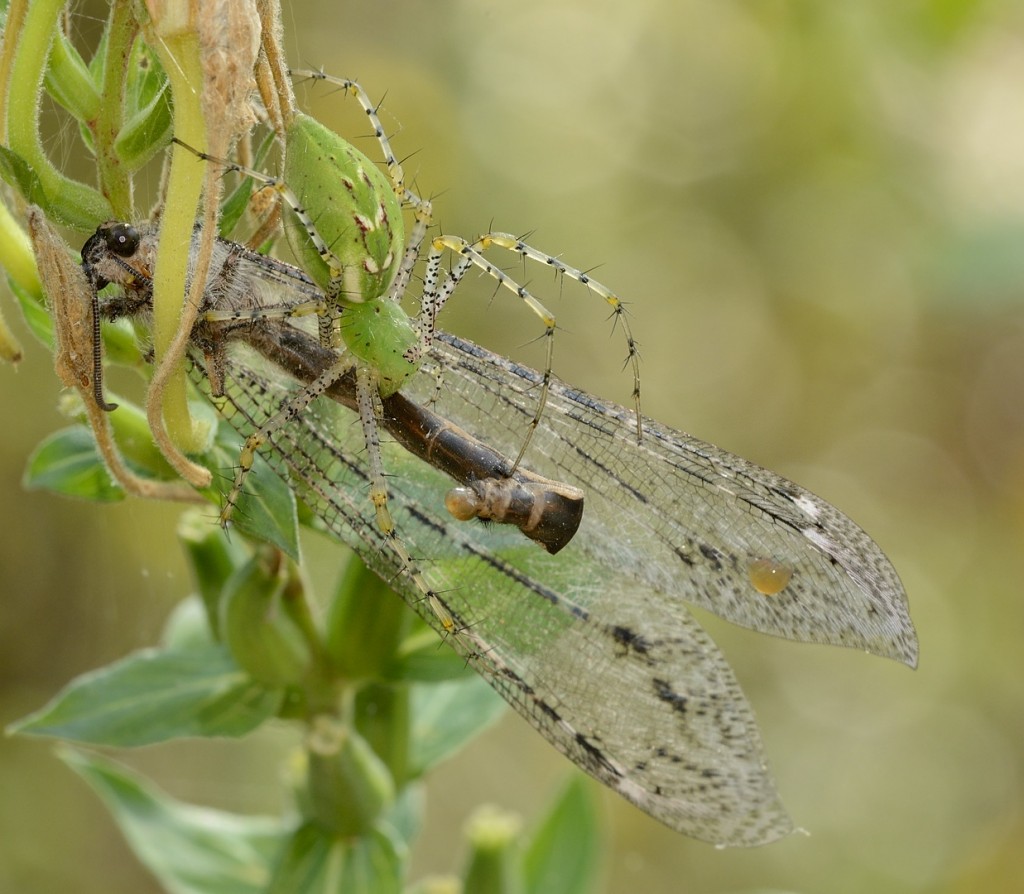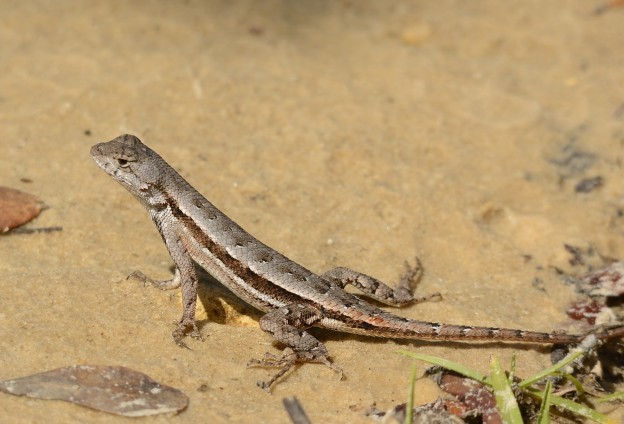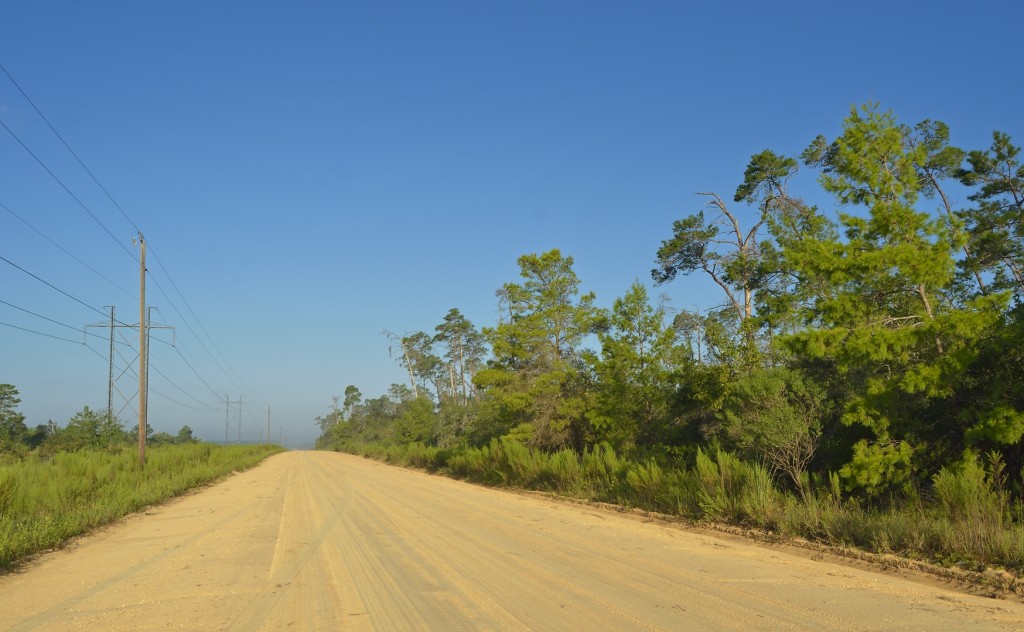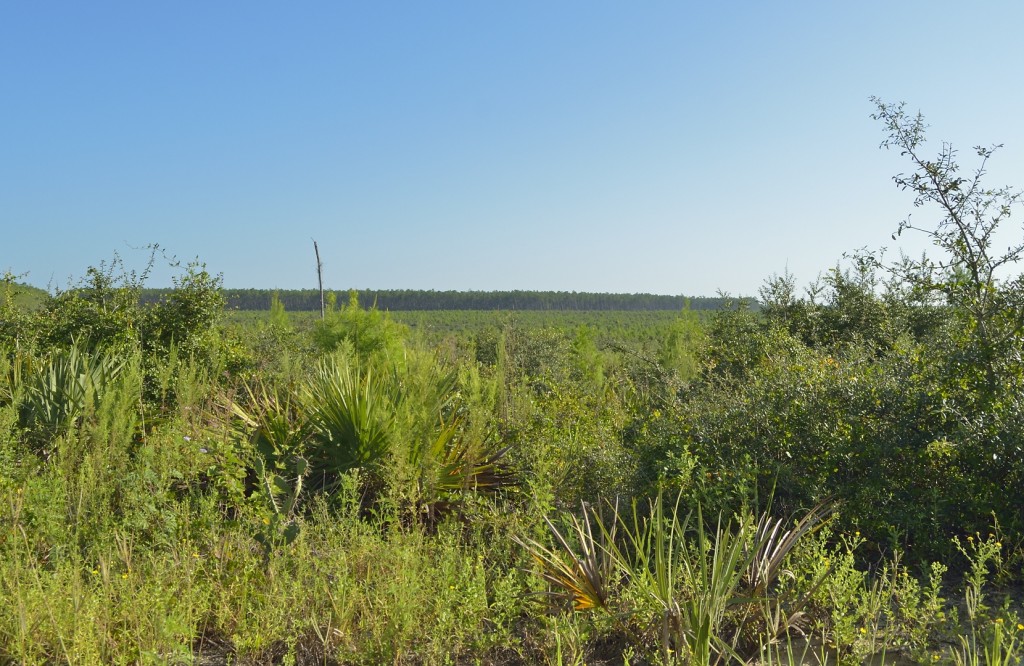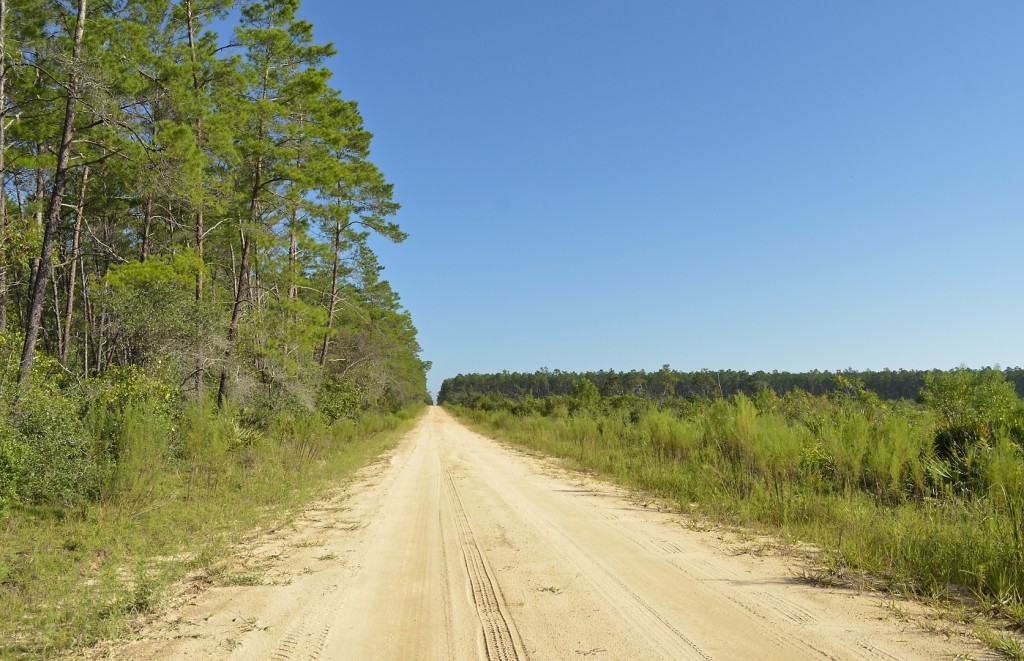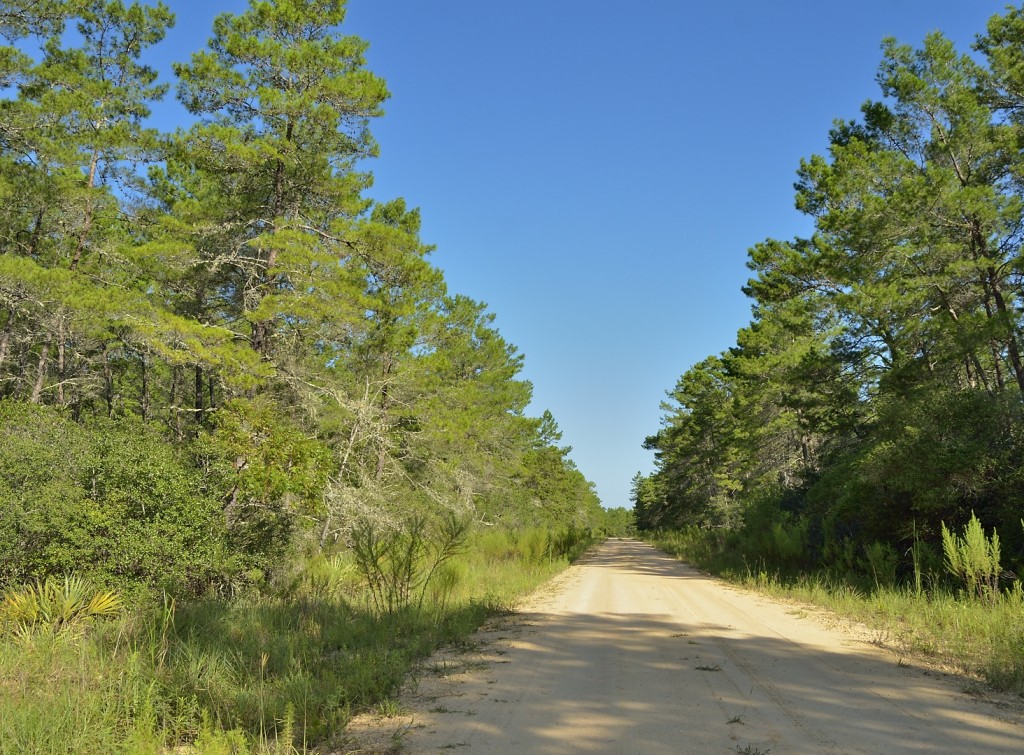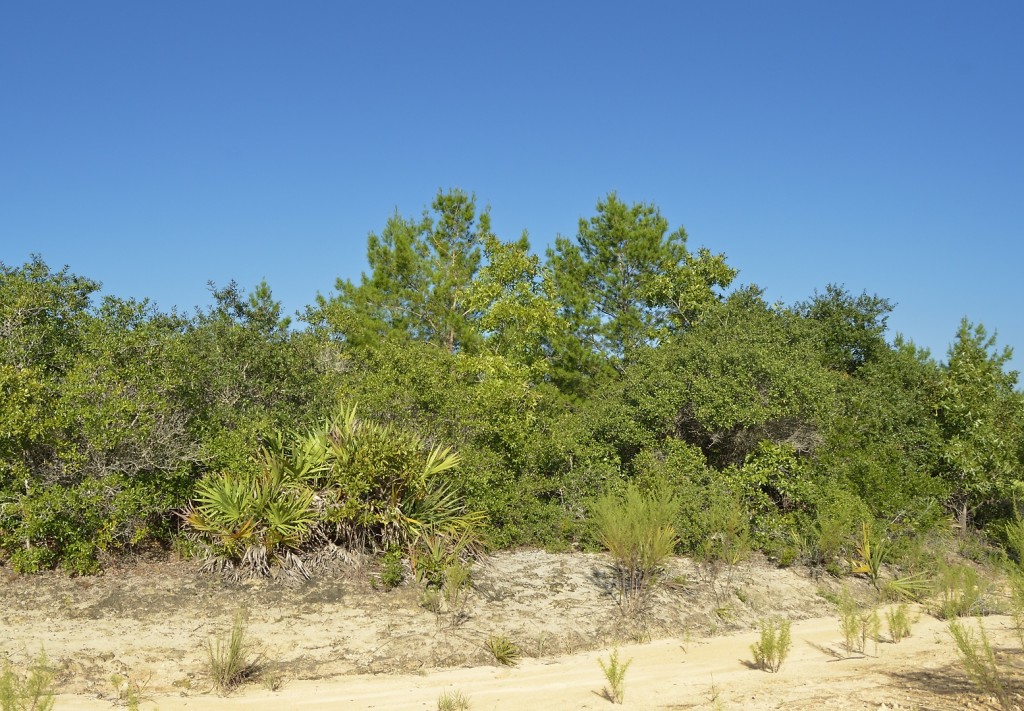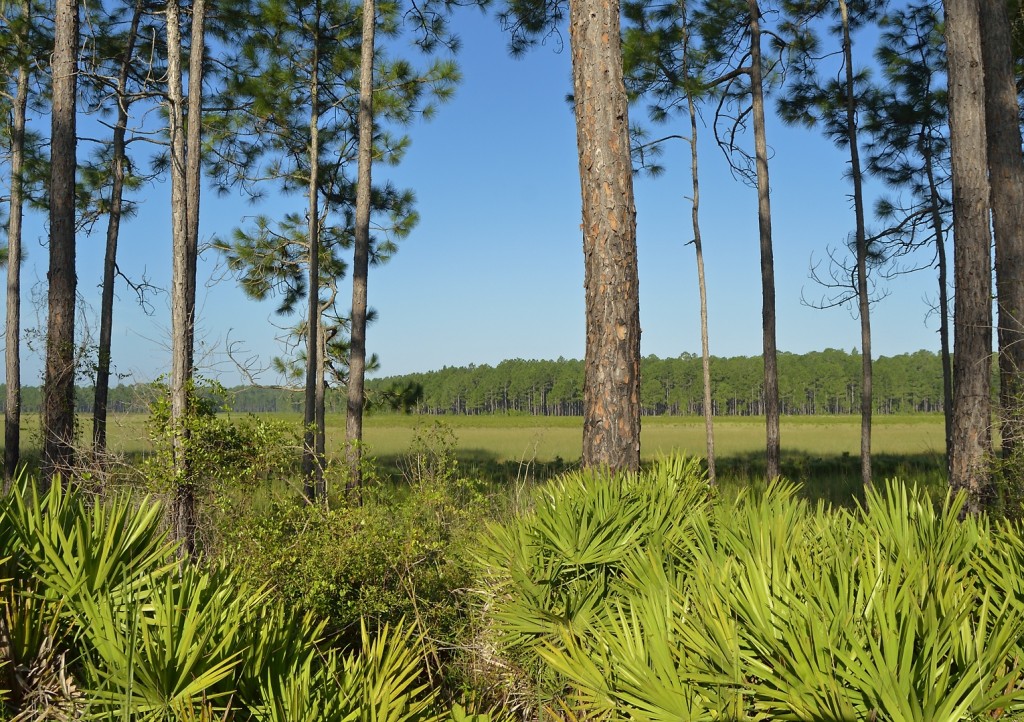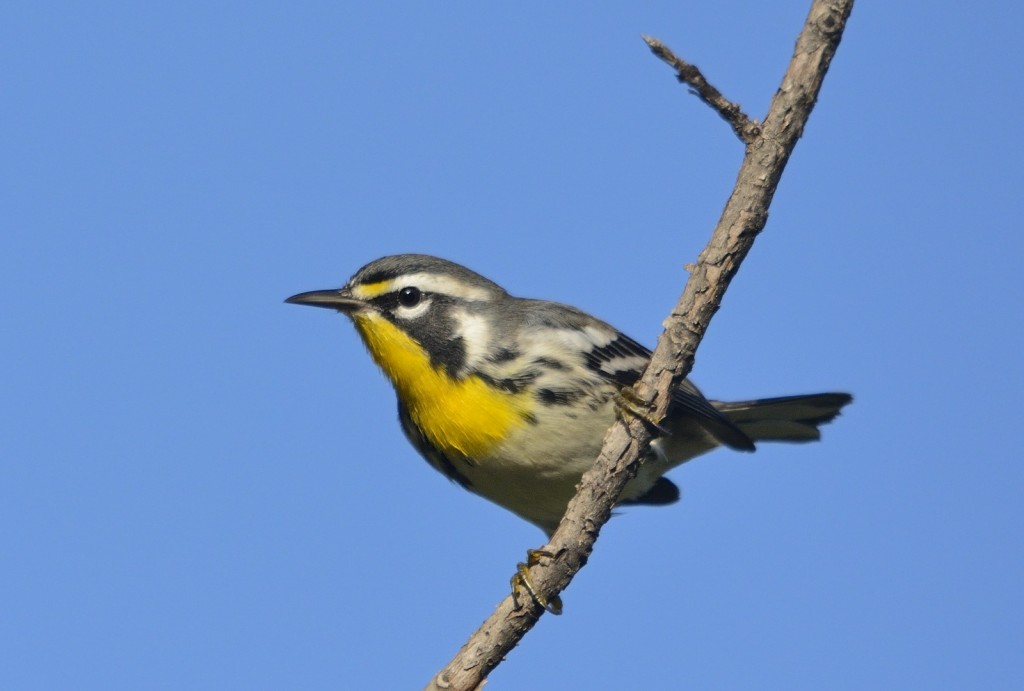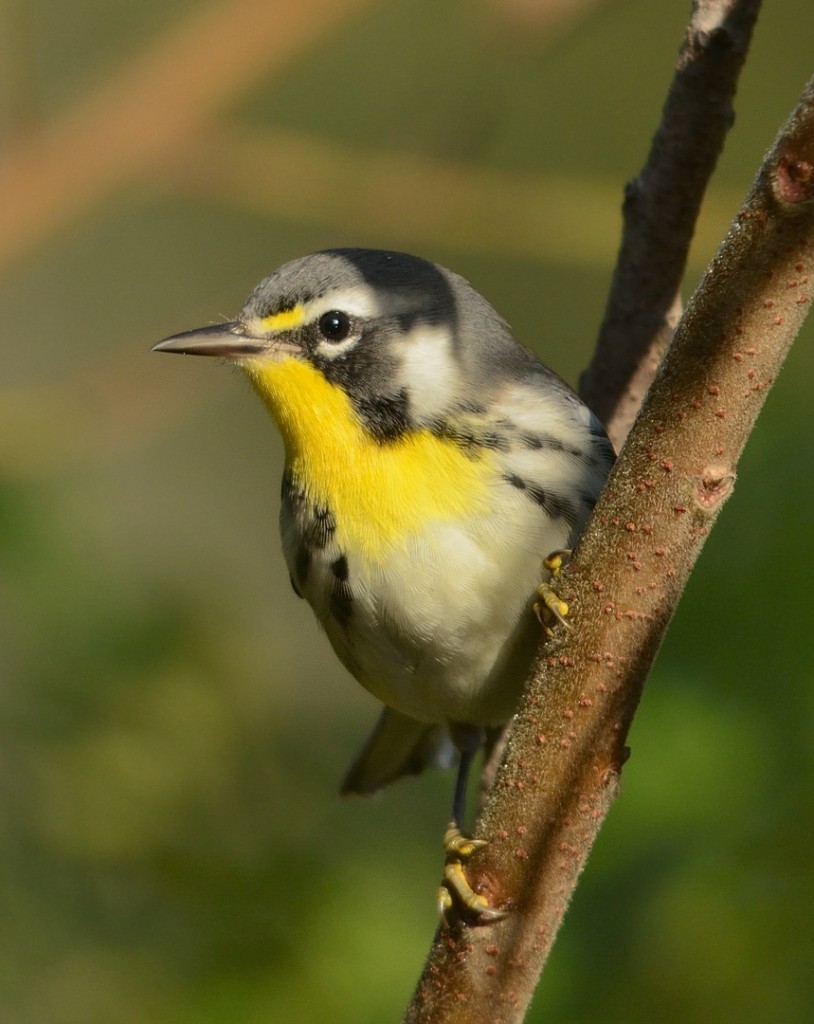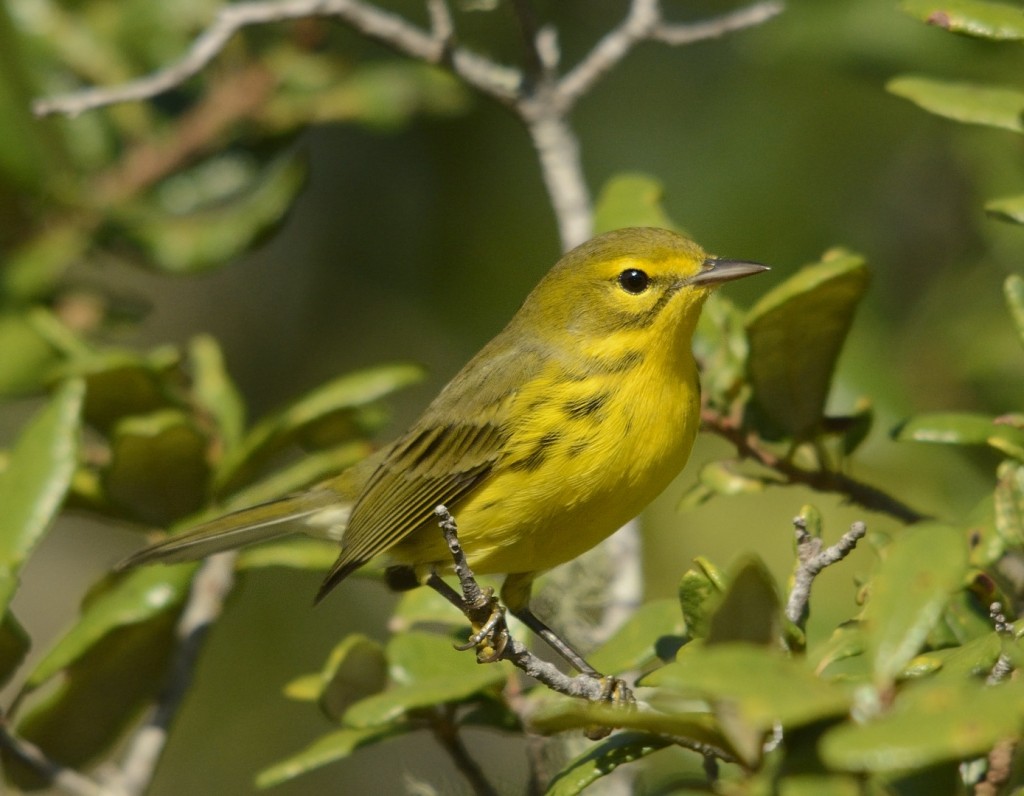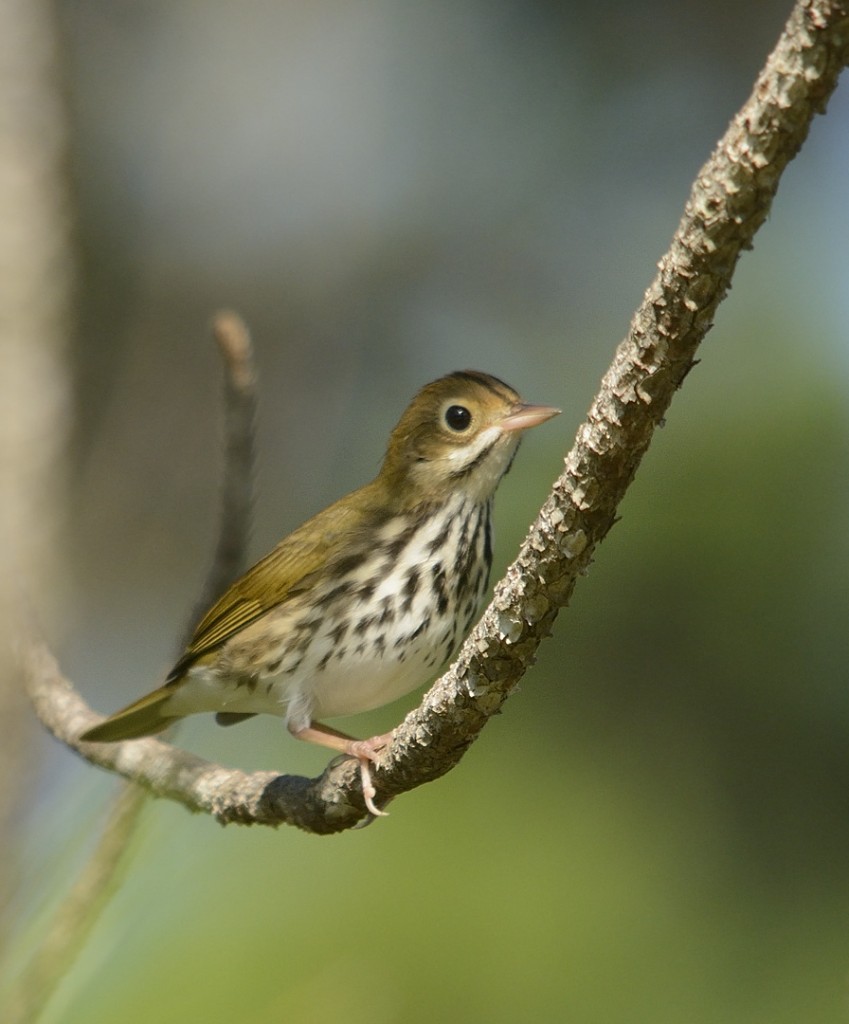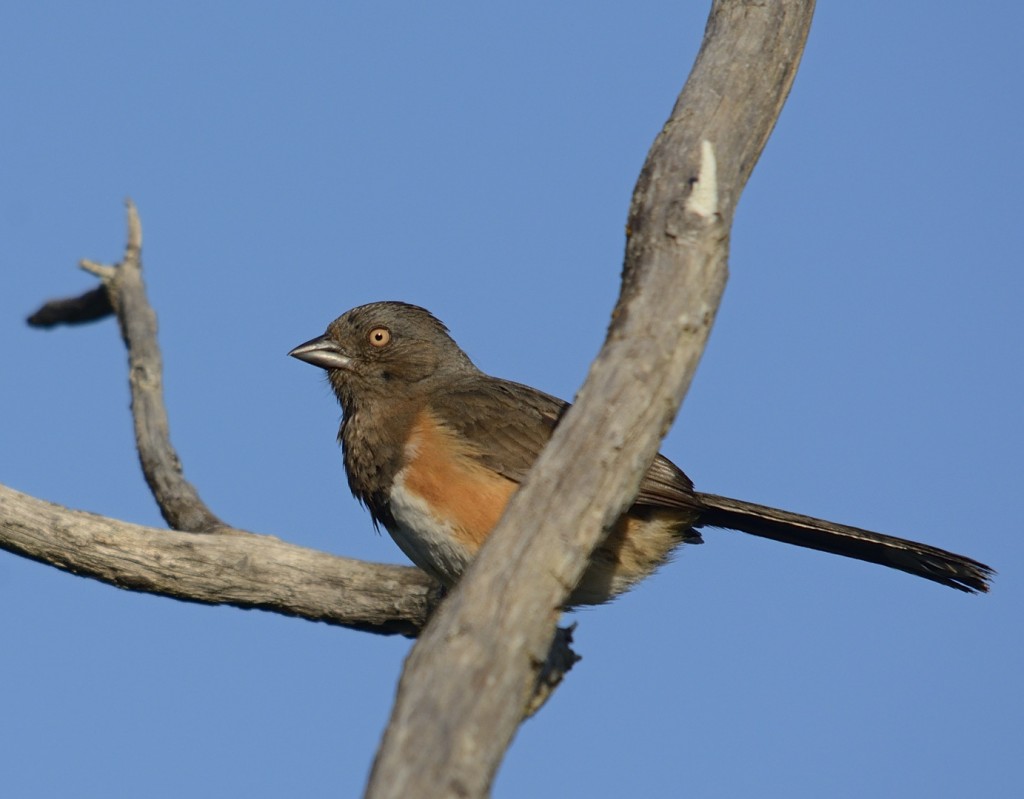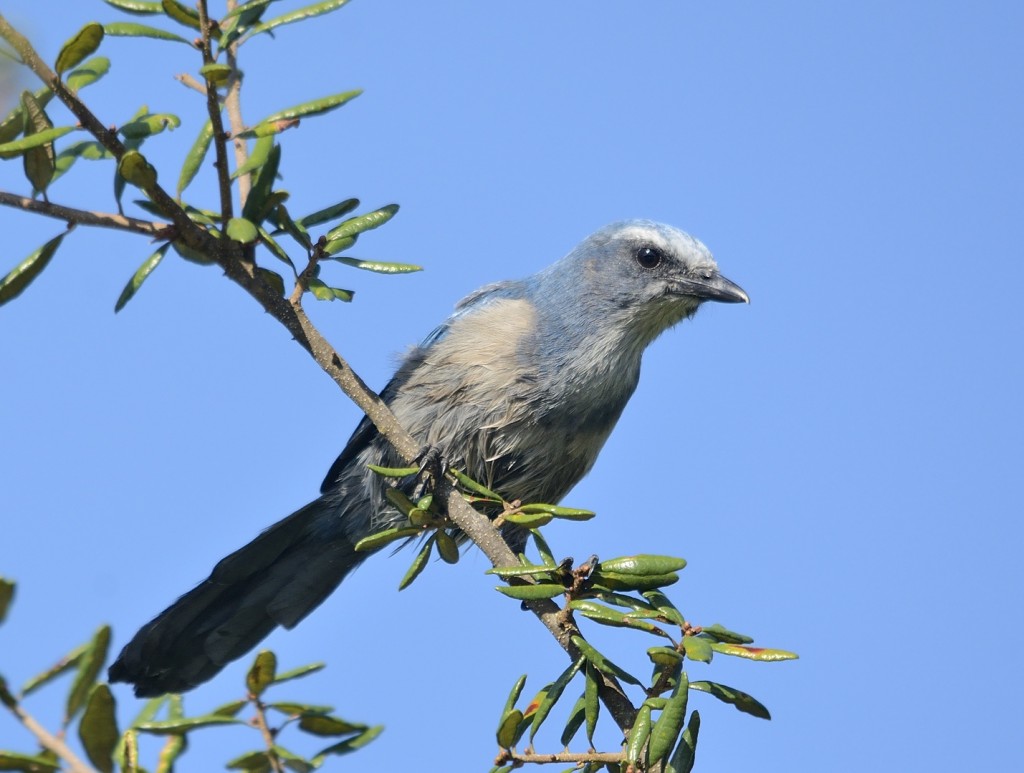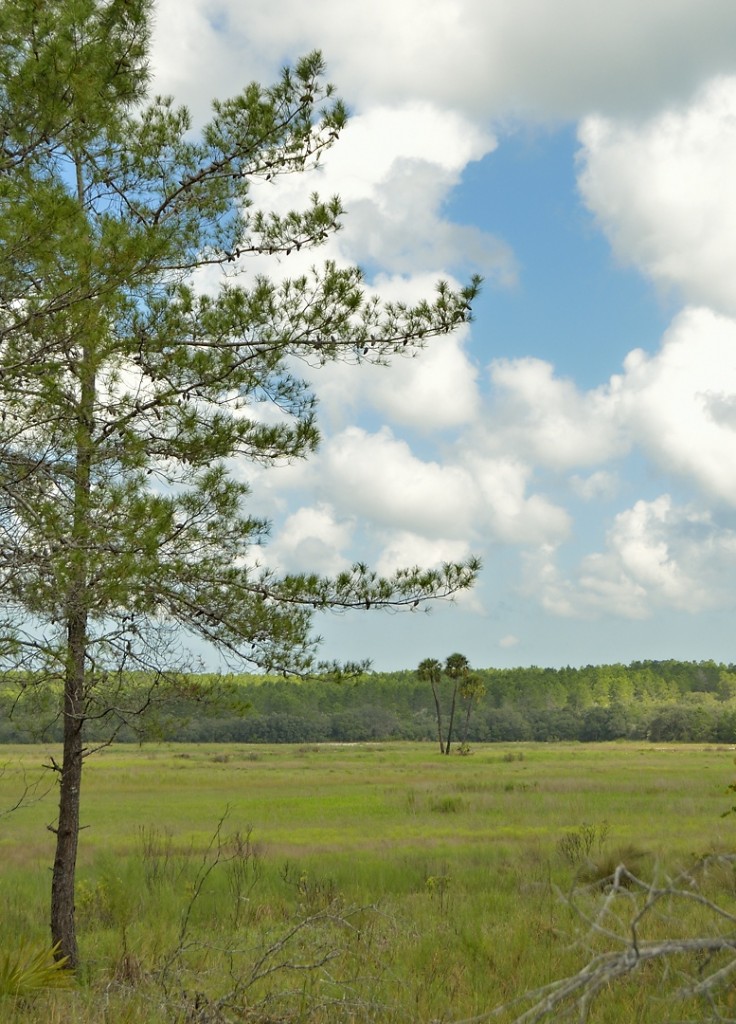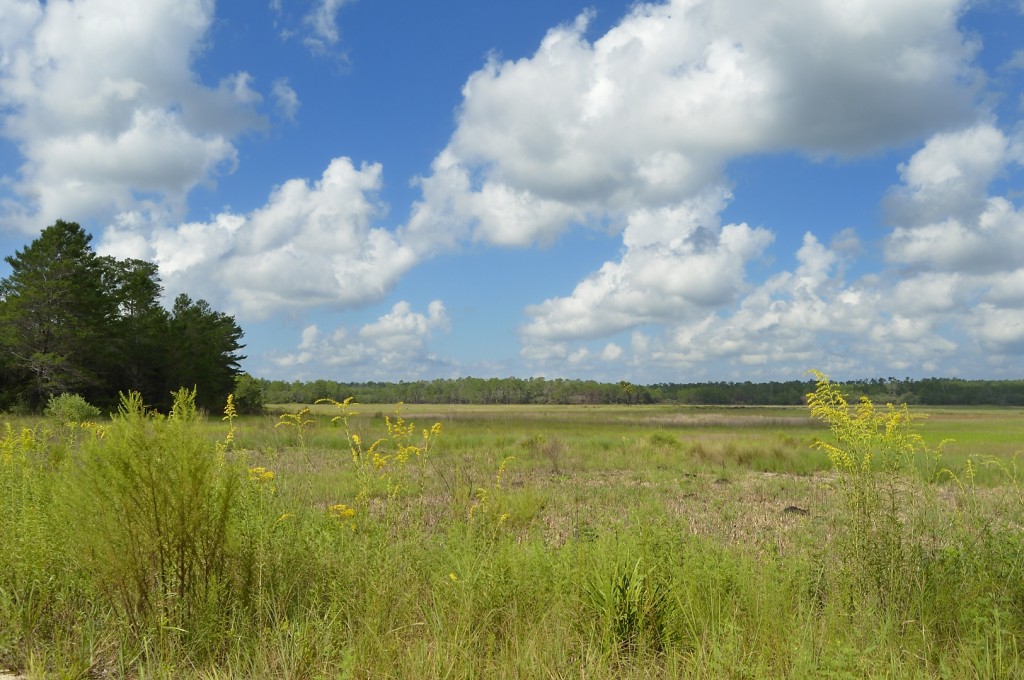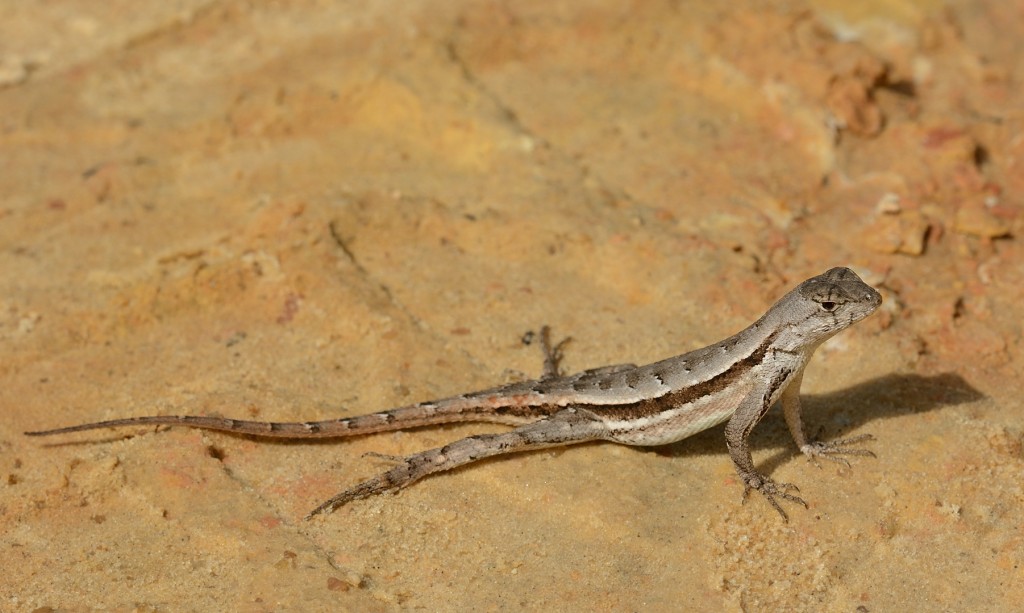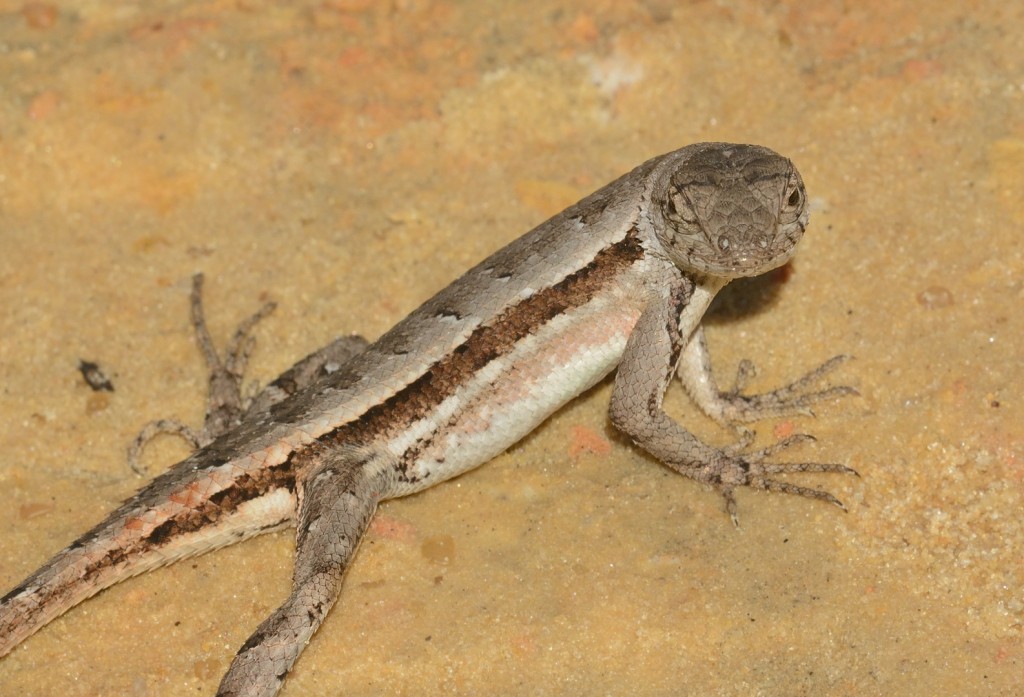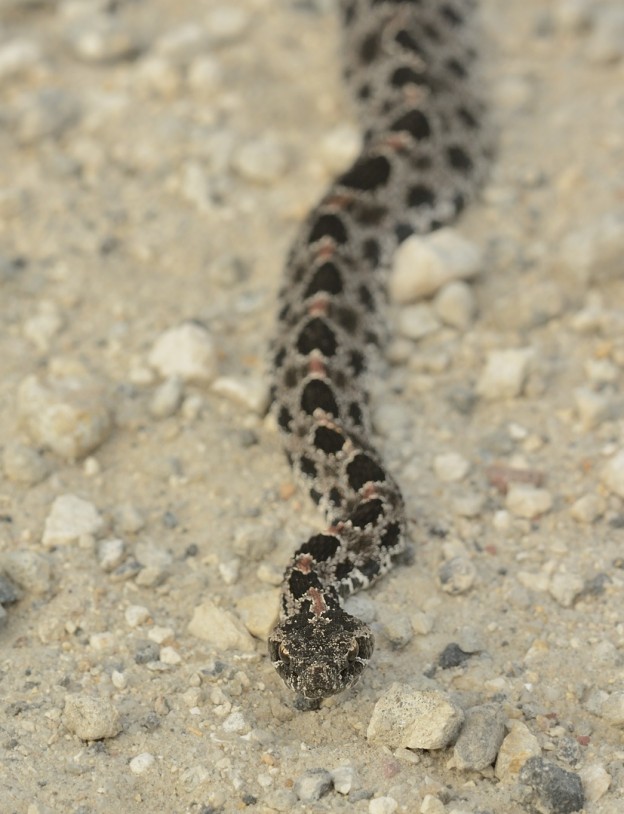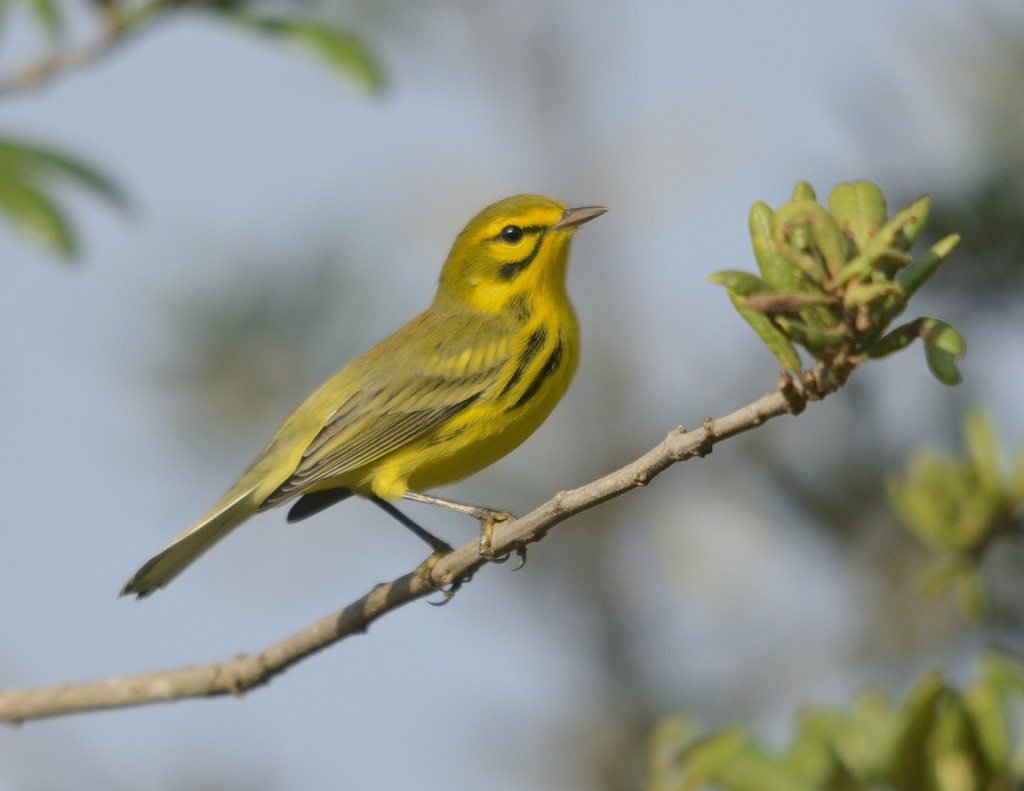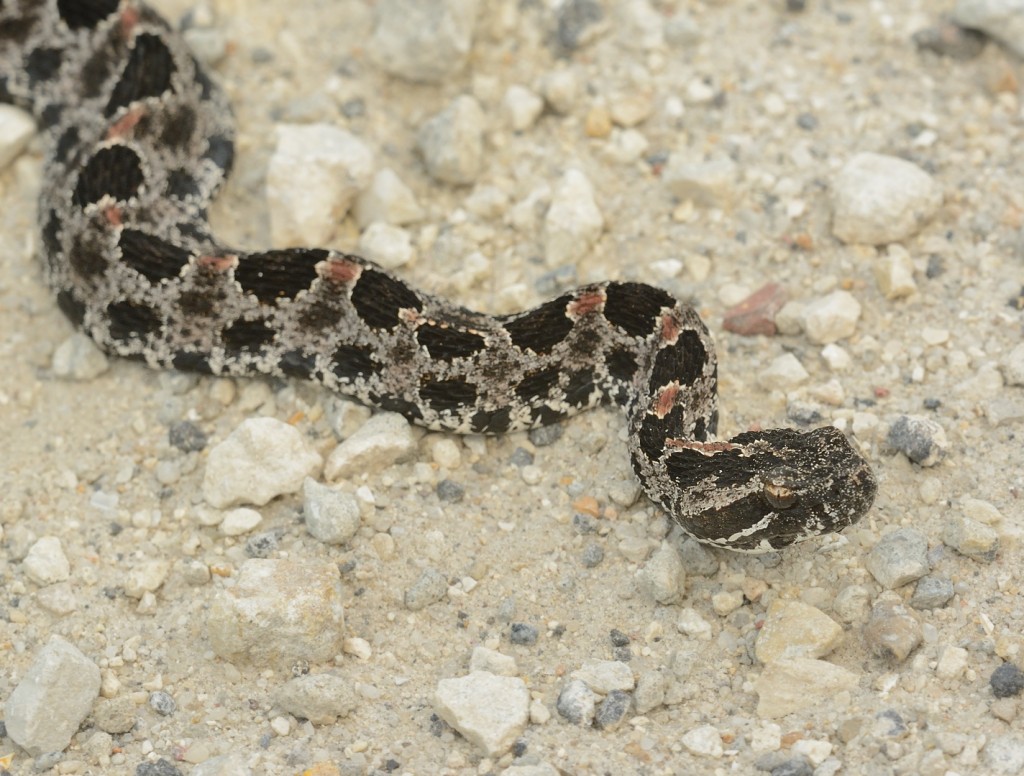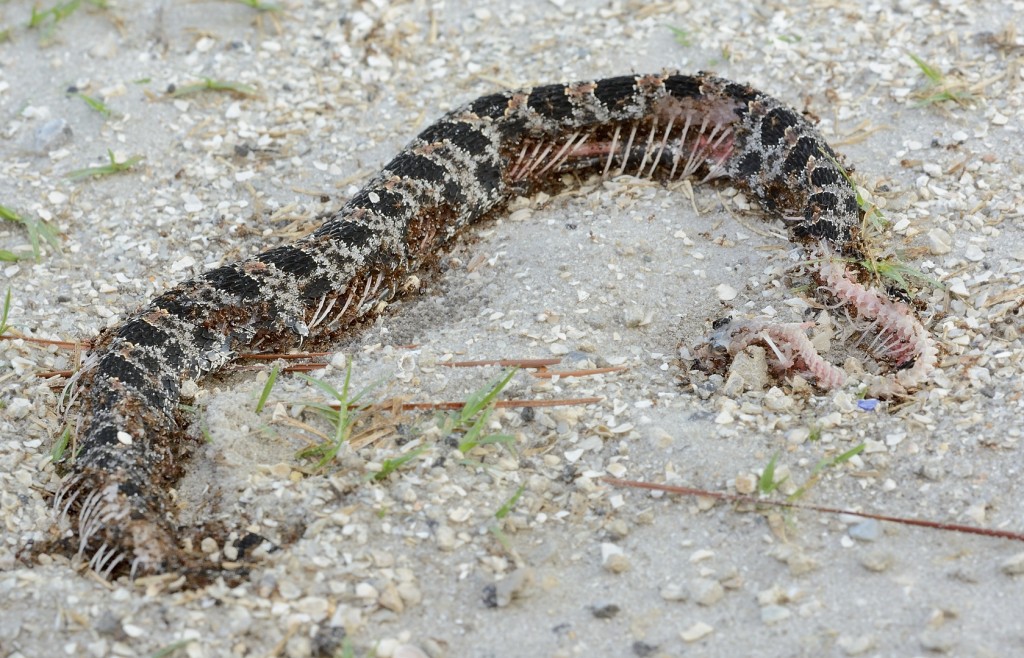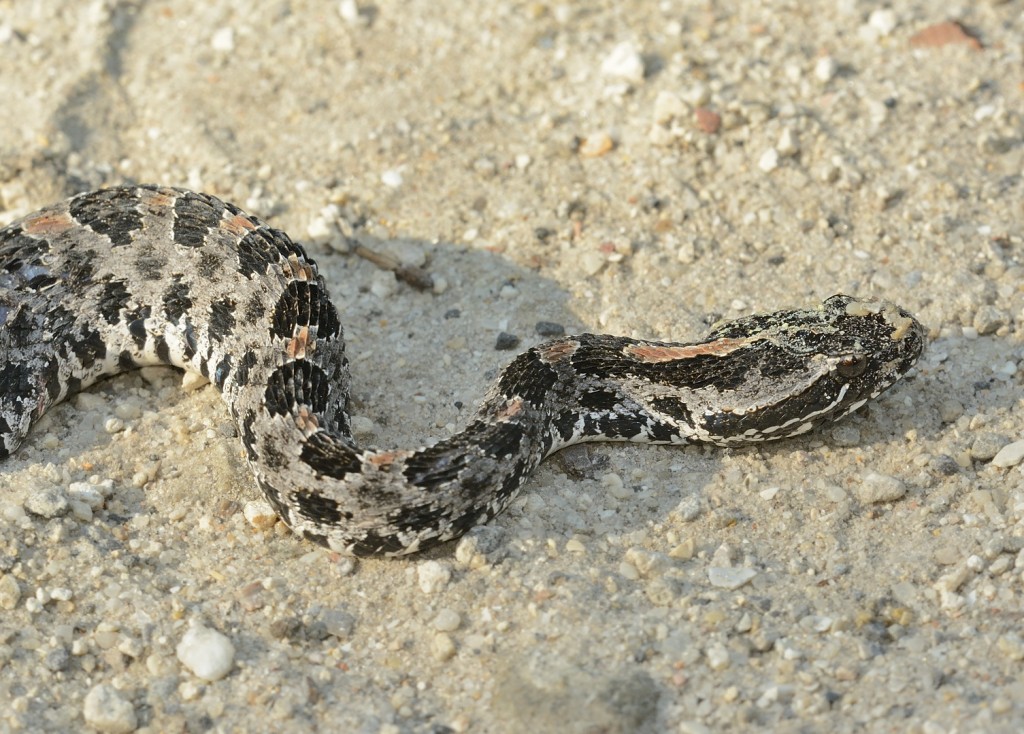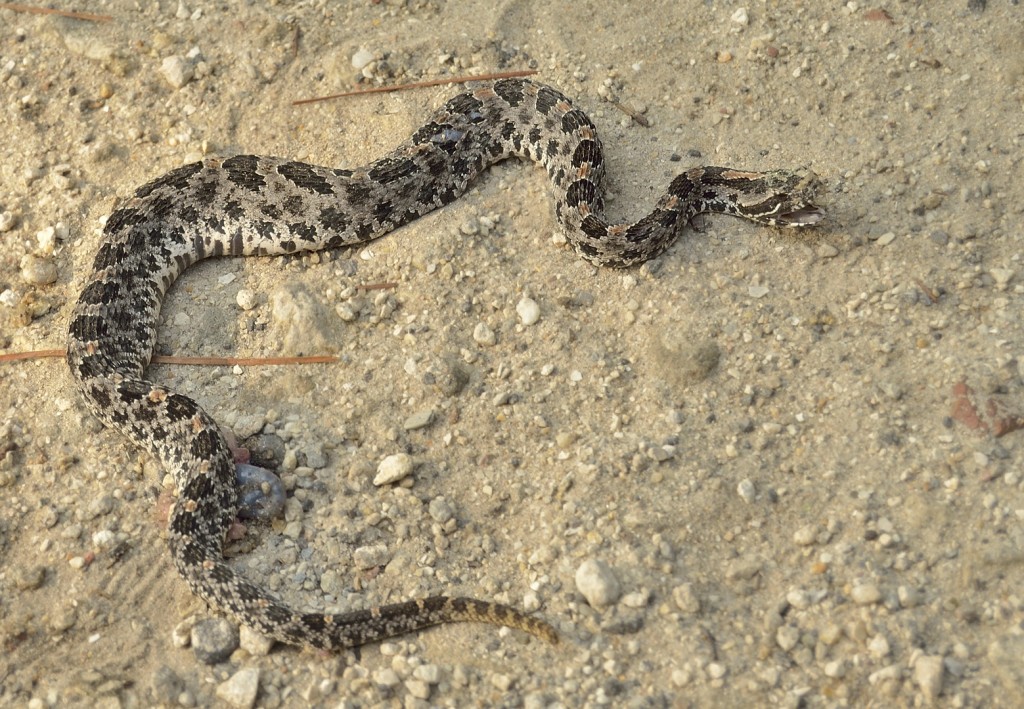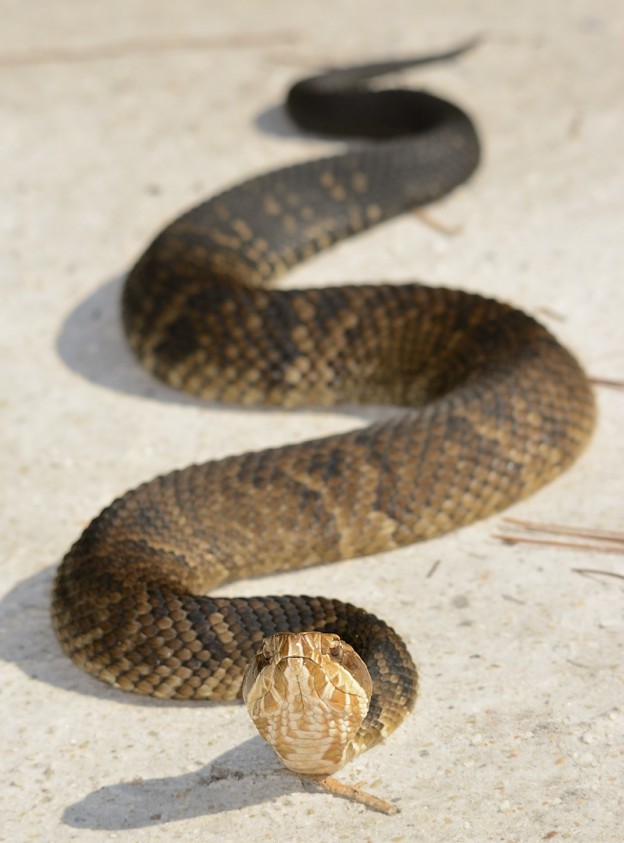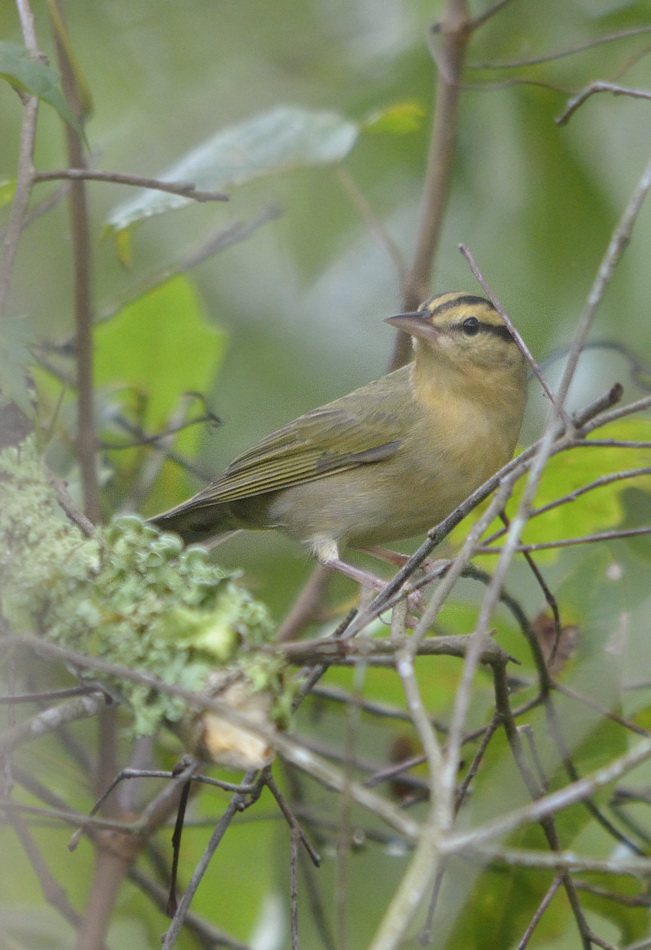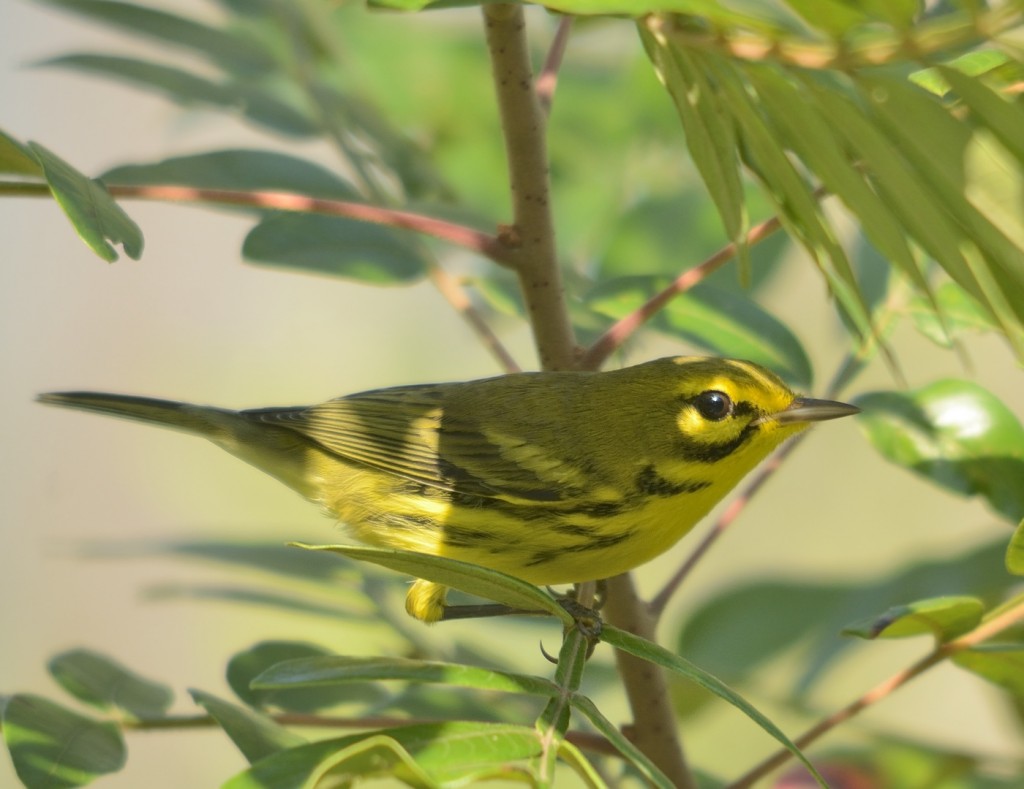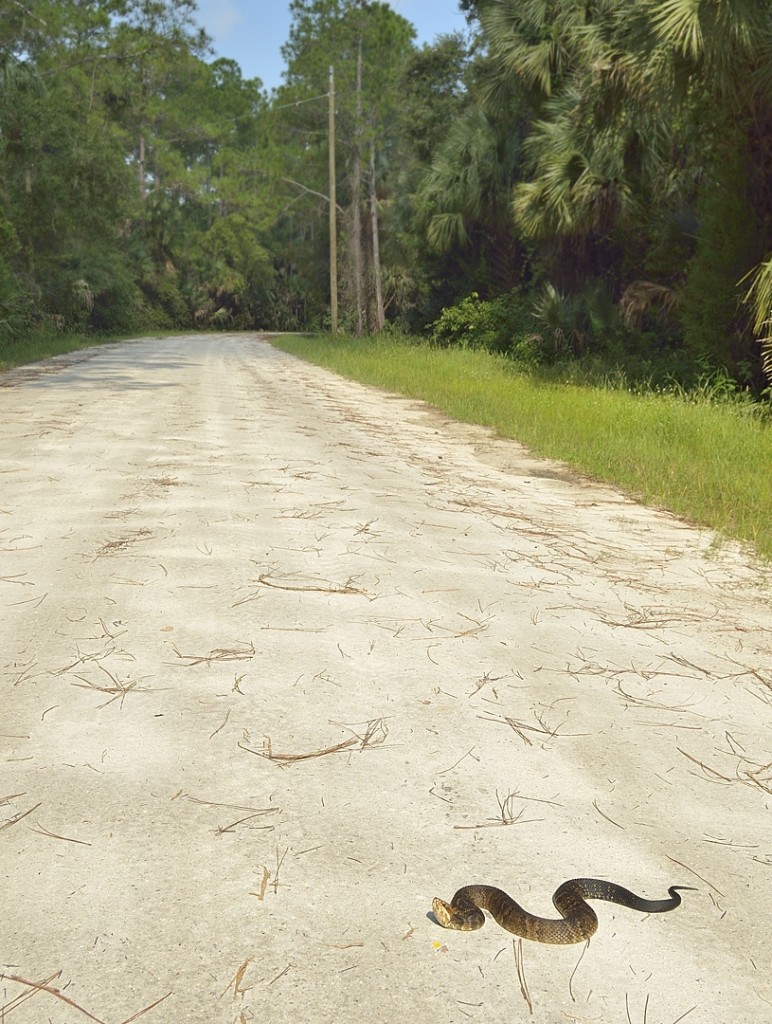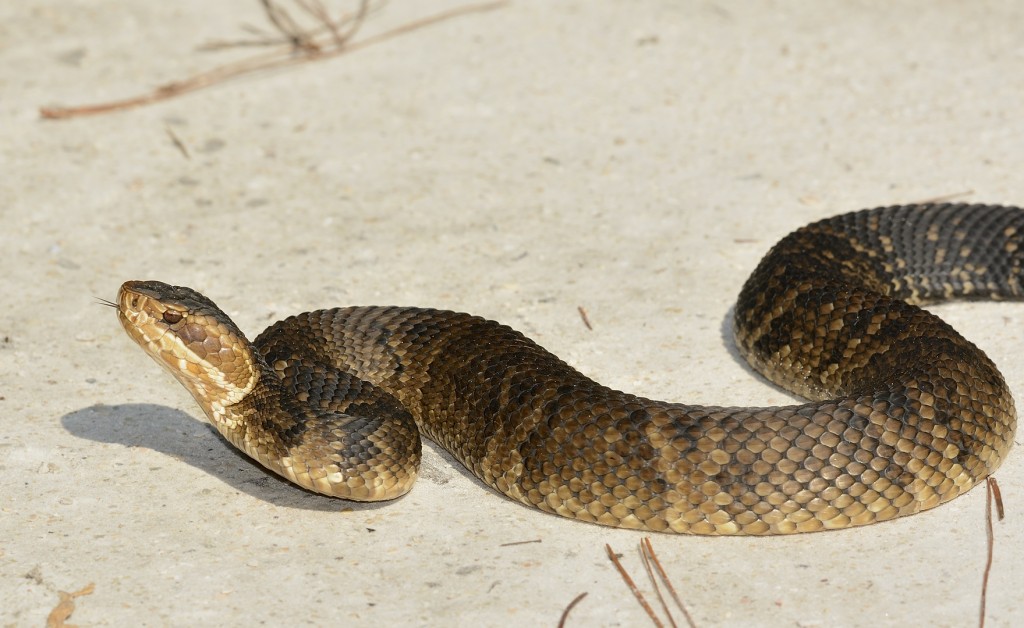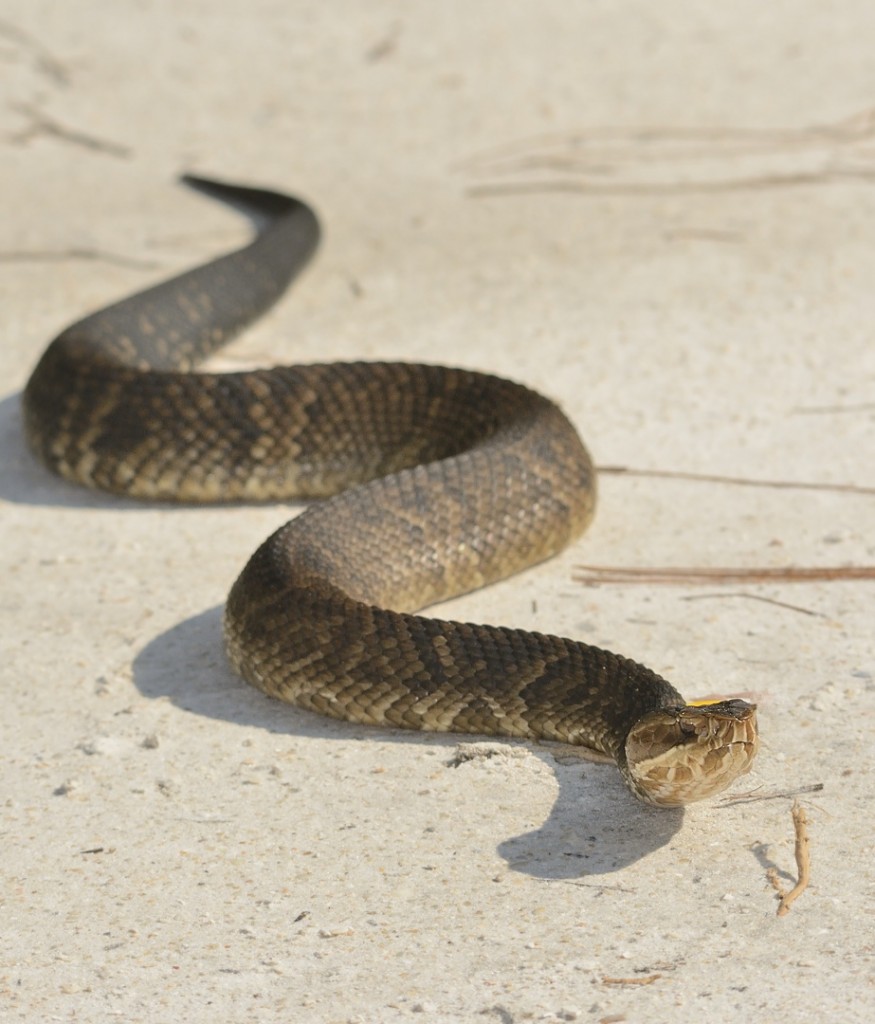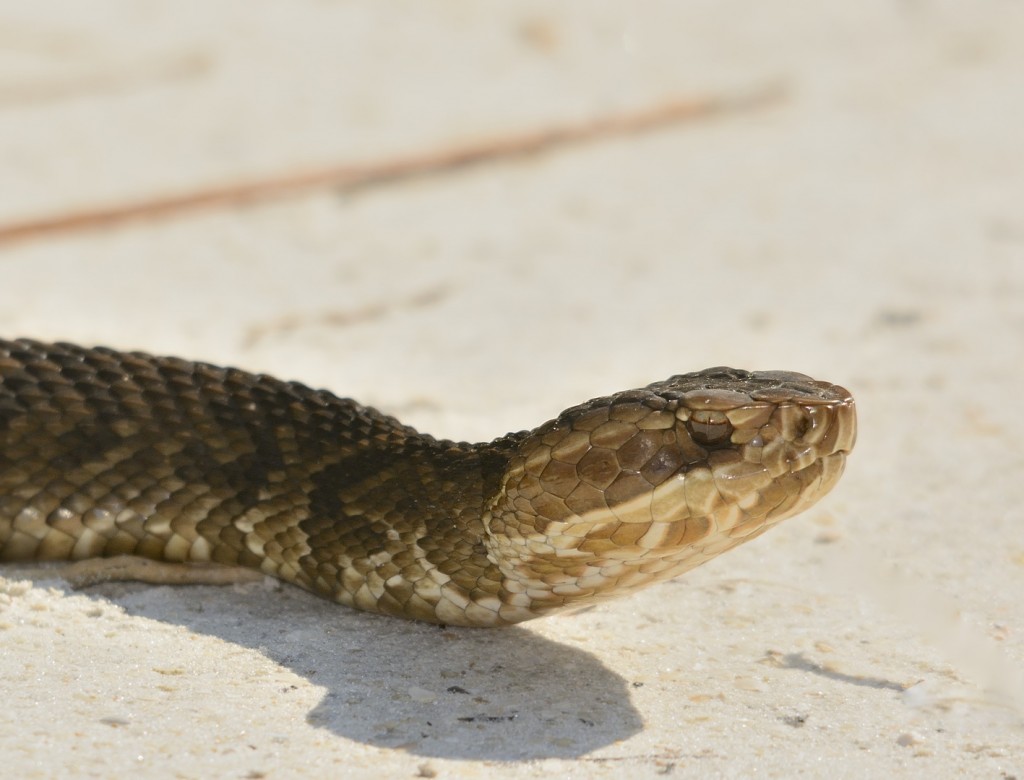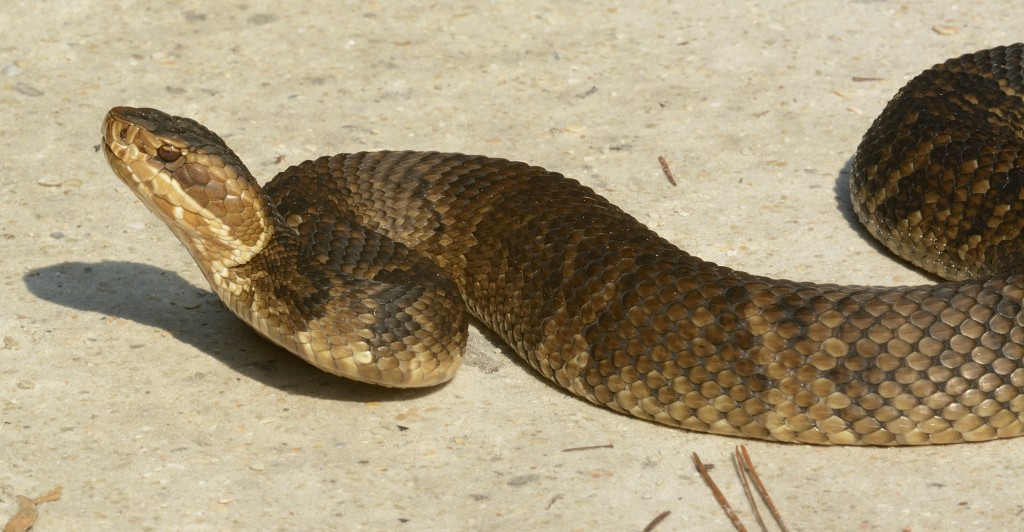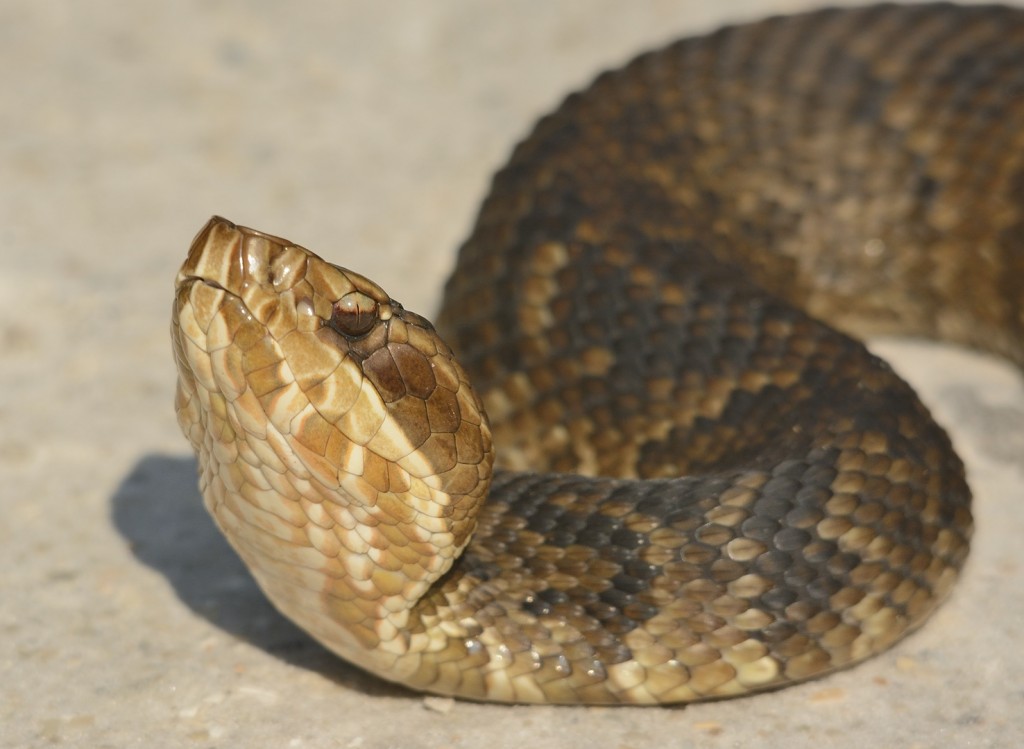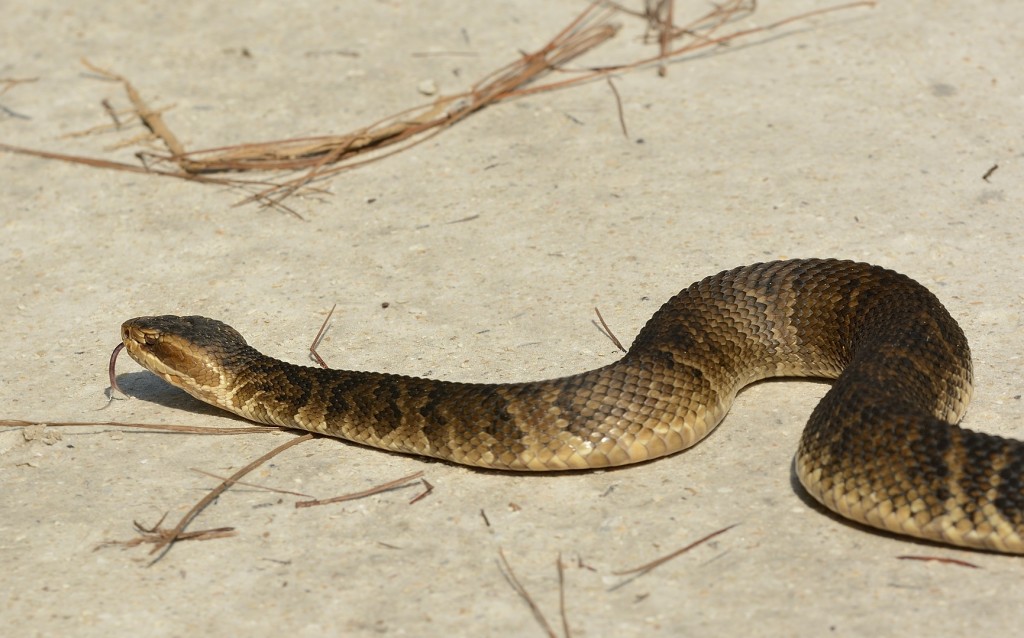September 14, 2013
Taking photographs is one of my main reasons for going into the field. The most important reason is, of course, to see fascinating flora and fauna, and perhaps learn a bit about how they make their way through the world. But capturing images of at least some of the plants and animals runs a close second. Those images are almost entirely for my own purposes; only a very small fraction are ever seen by anyone other than me. So maybe it’s not a big deal that the most stunning image I’ve experienced in some time is one that I will never be able to share. Driving north on SR19 through Ocala National Forest on Saturday morning, about 15 minutes before sunrise and a mile or so north of Silver Glen Springs, I saw an animal crossing the road a couple hundred yards ahead of me. No other traffic in sight. The telltale trot told me immediately it was a coyote. I don’t see coyotes often, and truth be told, I don’t get that excited about mammals in general. Stinky nocturnals, for the most part. But I adore dogs of every size, shape and temperament. Seeing a wild dog is for me a pinnacle experience.
It was during that transitional period between dawn and the full light of sunrise, when colors are beginning to become apparent, but still somewhat muted. I was on the coyote in no time, and she maintained her steady lope across the road and onto the shoulder, about a fifteen foot wide swath of mowed grass, ending where the dense ground cover and low vegetation of oaky scrub began. As I passed her, now slowed down to maybe 30-40 mph, she stopped at the edge of the shoulder, turned broadside to me, and watched me as I drove past. I locked eyes with her. Then she turned and was gone. I don’t know exactly what happened to my neurochemistry at that moment, but I’m pretty sure it involved a massive flood of several happy neurotransmitters. Dopamine, adrenaline, oxytocin – who knows? As I drove away from that brief but intense moment, I felt changed, and elated in a way I don’t often experience. Privileged. That image, that moment of looking into the eyes of “God’s dog”, will be forever burned in my brain. I couldn’t help but wonder later what was going on in the coyote’s agile mind. For me, it was a feeling of intense awe and admiration. For her, I can only guess. Curiosity, for sure, probably a bit of fear, and if coyotes have anything like a collective unconscious or shared genetic memory, perhaps a big dose of disgust and mistrust over the way humans have for centuries abused and tortured these beautiful little canids. Hard to imagine a better start to the morning, even if I have no photograph to document the moment.
Ocklawaha Lake, aka Rodman Reservoir, was my first destination, and from there I planned to explore some new roads along the northeast rim of the forest. Several weeks ago I discovered serendipitously that one of my favorite roads through the forest, FR11, continues over the Kirkpatrick dam that forms Ocklawaha Lake. The dam was built as part of the abandoned effort to build the Cross-Florida Barge Canal across the peninsula in the ‘60s, and it remains controversial, pitting environmentalists who would like to see the dam removed to restore the Ocklawaha River to a free-flowing state against sportsmen who wish to protect the outdoor recreation opportunities it provides. I just wanted to see migrant birds. I was hoping that some of the floodplain forest in the area would be teeming with brightly-colored warblers and other neotropicals. A couple dozen or so herons and egrets (great blues, little blues, snowies, great egrets and a single green) and dozens of vultures, who seemed to regularly roost on the dam and along the road that crosses it, were the only birds I could turn up there.
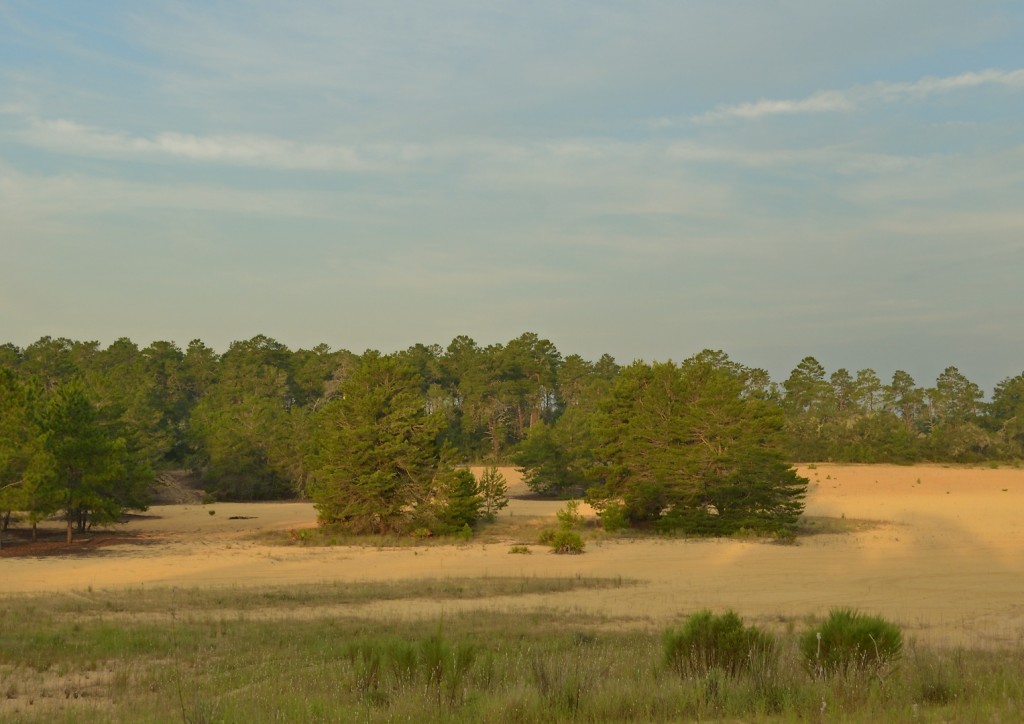
Dubbed “Sand Land” by some creative soul on Panoramio, this scrub barren on FR 11 just south of Ocklawaha Lake is the result of off-road vehicle abuse of the scrub habitat. Even though vehicular use of this tract is no longer permitted, it remains in this degraded state.
Forest Road 74 crosses Forest Road 11 just south of Ocklawaha Lake. I drove west on FR74 into unexplored territory. A mobbing response by a small flock of passerines included several towhees in various states of moult and dishevelment, a couple of prairie warblers, and some residents like Carolina wrens and cardinals. A bit further down the road, a second mobbing flock was more diverse, and contained several northern parulas, a yellow-throated warbler or two, scrub and blue jays, and a distant Empidonax flycatcher I didn’t come close to photographing. I was pretty pleased with myself just to be able to ID it as an Empidonax; identifying it to species, without vocalization, is outside of my skill set.
Leaving that flock, I spotted a medium-sized snake stretched out in the bare sand of the scrub alongside the road. Black racer. Surprisingly, he let me drive to within 10’ or so without bolting. As I moved slowly to get the camera into position, I was holding my breath that I wouldn’t spook the racer before I got off at least a few shots in this delicate, diffuse morning light. Black racers are pretty easy to find, but not easy to photograph for me. These are intensely visual snakes, and I suspect in my entire experience with the species, I’ve only seen them a few times before they have seen me. A much more common experience is to spot one while glassing the habitat for whatever, only to realize the snake already has a visual lock on me. From distances up to 30-40’ away. These snakes don’t miss much. On the occasions when I’m fortunate enough to watch one hunting my backyard and gardens, I’m always struck by their awareness of their environment, periscoping frequently to elevate their head above the ground cover and assess their surroundings. Typically, any quick movement on my part precipitates a rapid retreat to cover by the snake. Which is exactly what this racer did the first time I tried to inch a bit closer for a better shot.
FR 74 leaves the forest a couple of miles west of FR 11 and passes through private land; I took FR09 south to get back into the sparsely traveled roads of the national forest. Another fine mobbing flock in an ecotone between oaky scrub and sand pine scrub was the best of the morning – perhaps 15-20 birds, including scrub jays, towhees, prairie warblers and northern parulas, a white-eyed vireo, tufted titmice, cardinals, a woodpecker or two, Carolina wrens. The usual suspects. And ovenbirds. Once again this weekend, they were chewking from dense cover in nearly every mobbing flock I encountered.
FR 09 in this area is notable for another reason – topography. Not much by most standards, but enough to allow extended views of the surrounding habitat mosaic. The presence of actual hills and draws in the forest is always a welcome surprise.
From FR 09, I took FR70 back to the east. Soon after passing into one of the large tracts of clearcut sand pine scrub, I saw a large, dark raptor flying low across the landscape and swoop up into the top of a lone sand pine that had been left standing. Profile and flight pattern didn’t look like the raptors I see most often, but as soon as it perched I could see the ear tufts. A great horned owl, hunting (?) in broad daylight, on a sunny morning, around 10:00 a.m. That’s something I don’t see often. Until earlier this year, I’ve always thought of great horned owls as a “bird of the day” species. Typically I see them only a few times a year. Since June, I’ve seen great horned owls at least 10 times in a half-dozen or more different locations. The serendipity of birding.
Some time around 1100, I made it back to familiar ground; FR 70 intersects FR11 just north of the Riverside Island tract where I have had such good luck finding red-cockaded woodpeckers this year. None today – it was far too late in the morning and too warm for much bird activity, though I did find a pair of American kestrels hunting in the same open sandhills tract where I have seen them before. Almost certainly a breeding pair; I haven’t seen any migrant kestrels yet this year at the spots where I usually find them.
While driving south on FR11 through majestic mature sandhills, I was watching some mixed roadside clumps of goldenrod and evening primrose for pollinator activity and noticed the reticulate wings of some rather large insect in the foliage of one of the primroses. It was one of the larger species of antlions (Myrmeleon sp?) that had been snagged by a nearly invisible green lynx spider (Peucetia viridens) only moments before. It was still oozing hemolymph from the spider’s puncture wounds, and it seemed to still have a glimmer of life in its many eyes. Green lynx spiders – what fierce predators those lovely arachnids are. There don’t seem to be any size limits or taxonomic boundaries on the prey these oxyopid spiders will tackle. Tough luck for the antlions and myriad other prey taxa.
From a coyote to a lynx – a good morning for the predators, and me. If I continue exploring new forest roads at my current pace, I should have thoroughly traversed the forest by the time I’m ready to retire. Ocala National Forest – the gift that keeps on giving.
